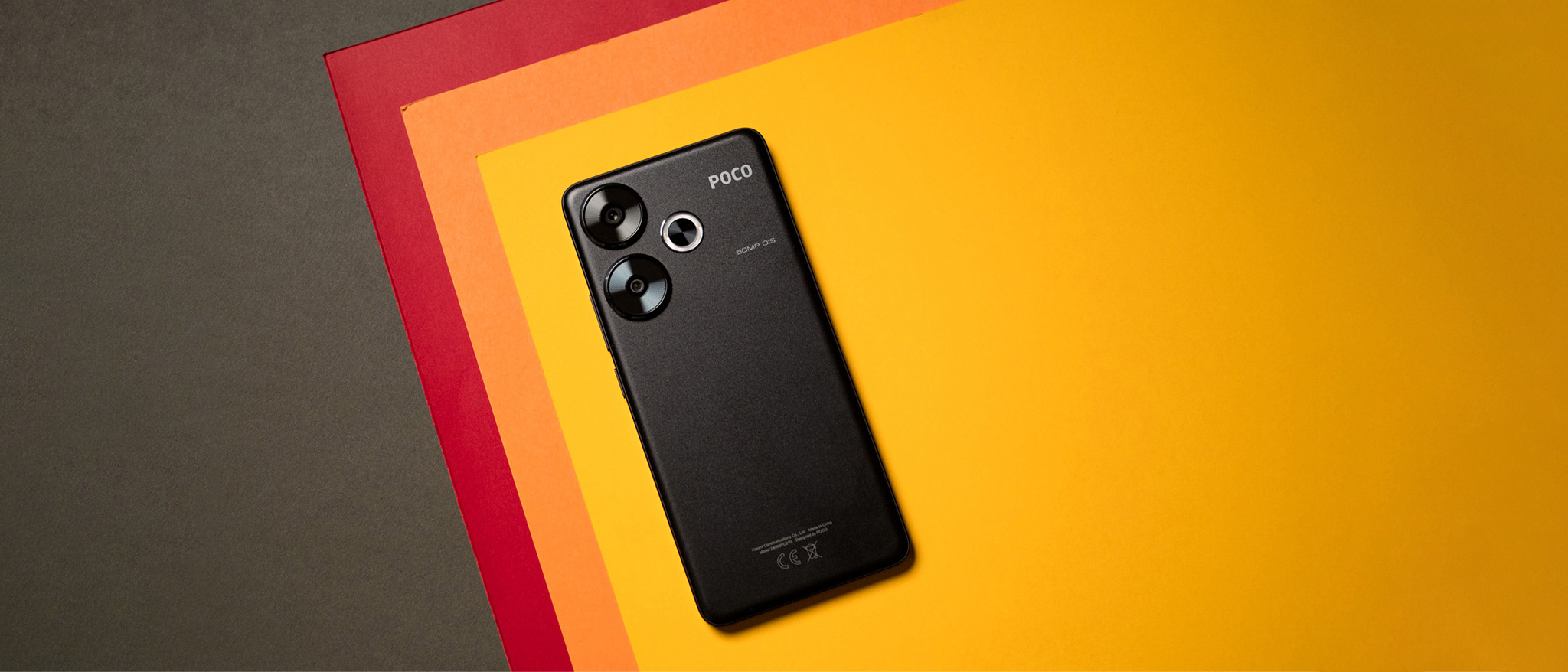Android Central Verdict
The POCO F6 brings considerable upgrades over its predecessor, including a brighter AMOLED panel, much better hardware in the form of the Snapdragon 8s Gen 3 that's designed for gaming, 90W charging tech, Wi-Fi 6E and Bluetooth 5.4 connectivity, and UFS 4.0 storage modules. POCO somehow managed to cram all these features into a chassis that's lighter than last year, and the all-new 50MP camera at the back takes terrific photos in any situation — and you finally get 4K60 video. The software is a bit annoying at times, but on the whole, the F6 is easily POCO's best device to date, and one of the best mid-range phones you can buy at the moment.
Pros
- +
Vibrant 120Hz AMOLED panel
- +
Outstanding performance
- +
All-day battery life with 90W charging tech
- +
Plenty of useful extras
- +
Terrific rear camera
- +
Amazing value
Cons
- -
Sub-par wide-angle lens
- -
Overheats while gaming
- -
Plenty of bloatware out of the box
Why you can trust Android Central
POCO's F series has always been about delivering the best hardware in the mid-range segment, and while last year's F5 had a lot to offer in this area, the brand is taking things to a whole new level with the introduction of the F6 and F6 Pro. The F6 marks the debut of the Snapdragon 8s Gen 3 in most global markets, delivering flagship-tier performance.
That's just the start; the device also gets a new 120Hz AMOLED panel with increased resolution that now goes up to 2400 nits in HDR content, IP64 ingress protection, Wi-Fi 6E and Bluetooth 5.4, and a new camera at the back that's significantly better than what I've seen on a POCO phone thus far.
Xiaomi tends to rebrand existing devices and launch them under the POCO label, and that's no different with the F6 — the phone is identical to the Redmi Turbo 3 that debuted in April, but seeing as how that device isn't launching globally, there isn't going to be any overlap between the two.
What makes the F6 even better is the value; it manages to deliver better hardware than most of the options in this category, and does so for a lot less. That alone makes the phone worthy of a recommendation.
POCO F6: Pricing and availability
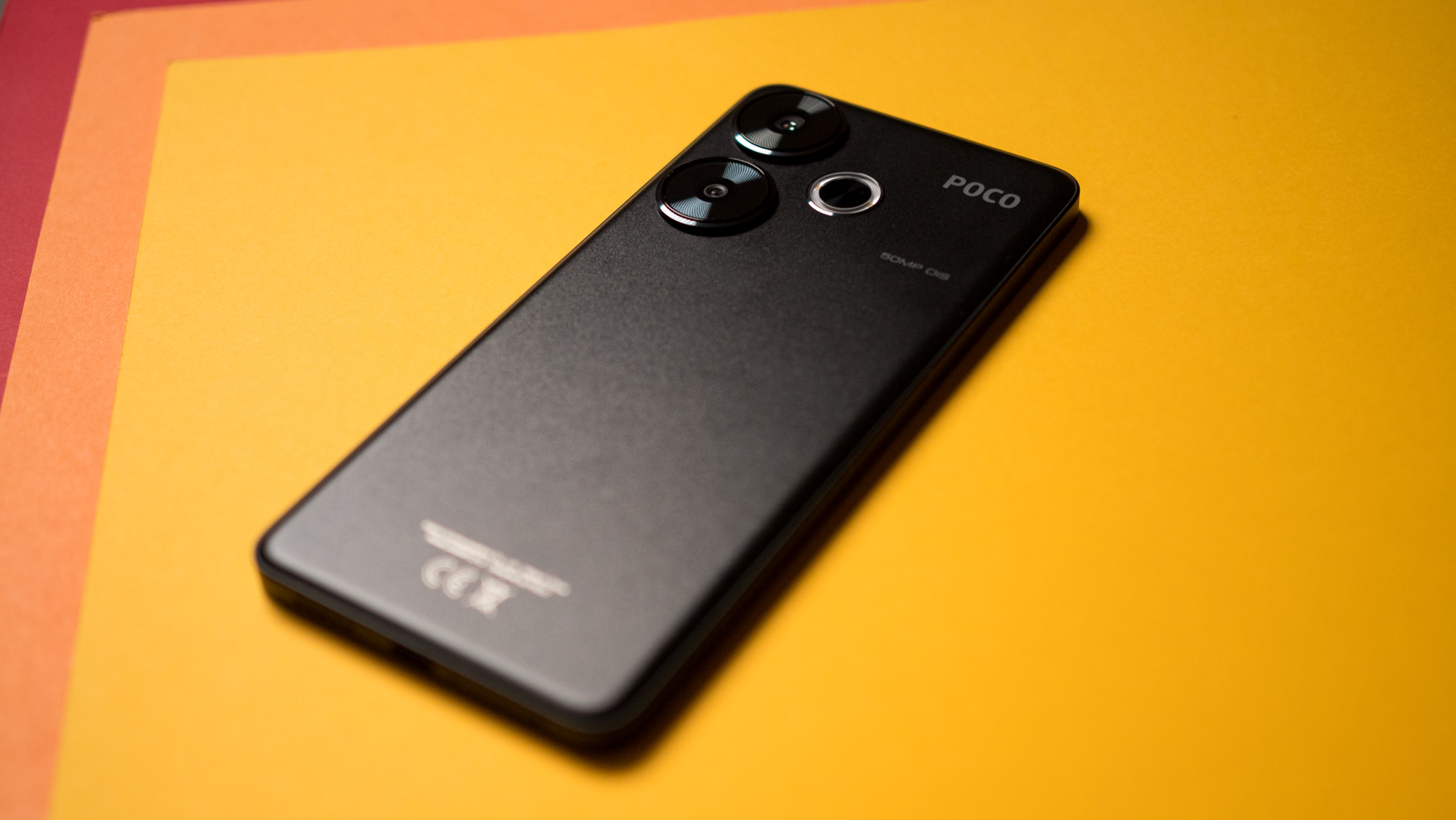
POCO unveiled the F6 and F6 Pro at a launch event in Dubai on May 23, and the devices are set to go on sale globally in the coming weeks. Both the F6 and F6 Pro are debuting in the U.K. and other western markets, and India is getting the standard F6 and not the Pro variant.
The POCO F6 is available in 8GB/256GB and 12GB/512GB storage variants, and there is also a 16GB/512GB model that will be available in select regions — this is the version I'm using. All variants of the F6 come with LPDDR5X RAM and UFS 4.0 storage modules.
What's notable is the pricing; the 8GB/256GB model of the F6 starts off at just $339, while the 12GB/512GB model is $379. The POCO F6 Pro, meanwhile, costs $449 for the 12GB/256GB model, $499 for the 16GB/512GB edition, and $579 for the 16GB/1TB version.
POCO introduced the POCO Pad alongside the two phones, and it is a rebranded version of the Redmi Pad Pro with the same 10000mAh battery, and at $299, it is also a great bargain.
| Category | POCO F6 |
|---|---|
| OS | HyperOS 1.0.3.0, Android 14 |
| Display | 6.67-inch 120Hz AMOLED, 2712 x 1220, 1200 nits HBM, 2400 nits HDR, Gorilla Glass Victus |
| Chipset | Qualcomm Snapdragon 8s Gen 3, Adreno 735, 4nm |
| RAM | 8GB/12GB LPDDR5X |
| Storage | 256GB/512GB UFS 4.0 |
| Rear camera 1 | 50MP f/1.6 Sony IMX882, PDAF, OIS, 4K at 60fps |
| Rear camera 2 | 8MP Sony IMX355, wide-angle lens |
| Front camera | 20MP f/2.2 |
| Ingress protection | IP64 dust and water resistance |
| Connectivity | Wi-Fi 6E, Bluetooth 5.4, 5G bands, NFC, dual-band GPS |
| Security | Optical in-screen sensor |
| Audio | USB-C, stereo sound, 24-bit/192kHz, AptX HD |
| Battery | 5000mAh, 90W turbo charging |
| Dimensions | 160.5 x 74.5 x 8mm, 179g |
| Colors | Black, Green, Titanium |
| Row 15 - Cell 0 | Row 15 - Cell 1 |
POCO F6: Design
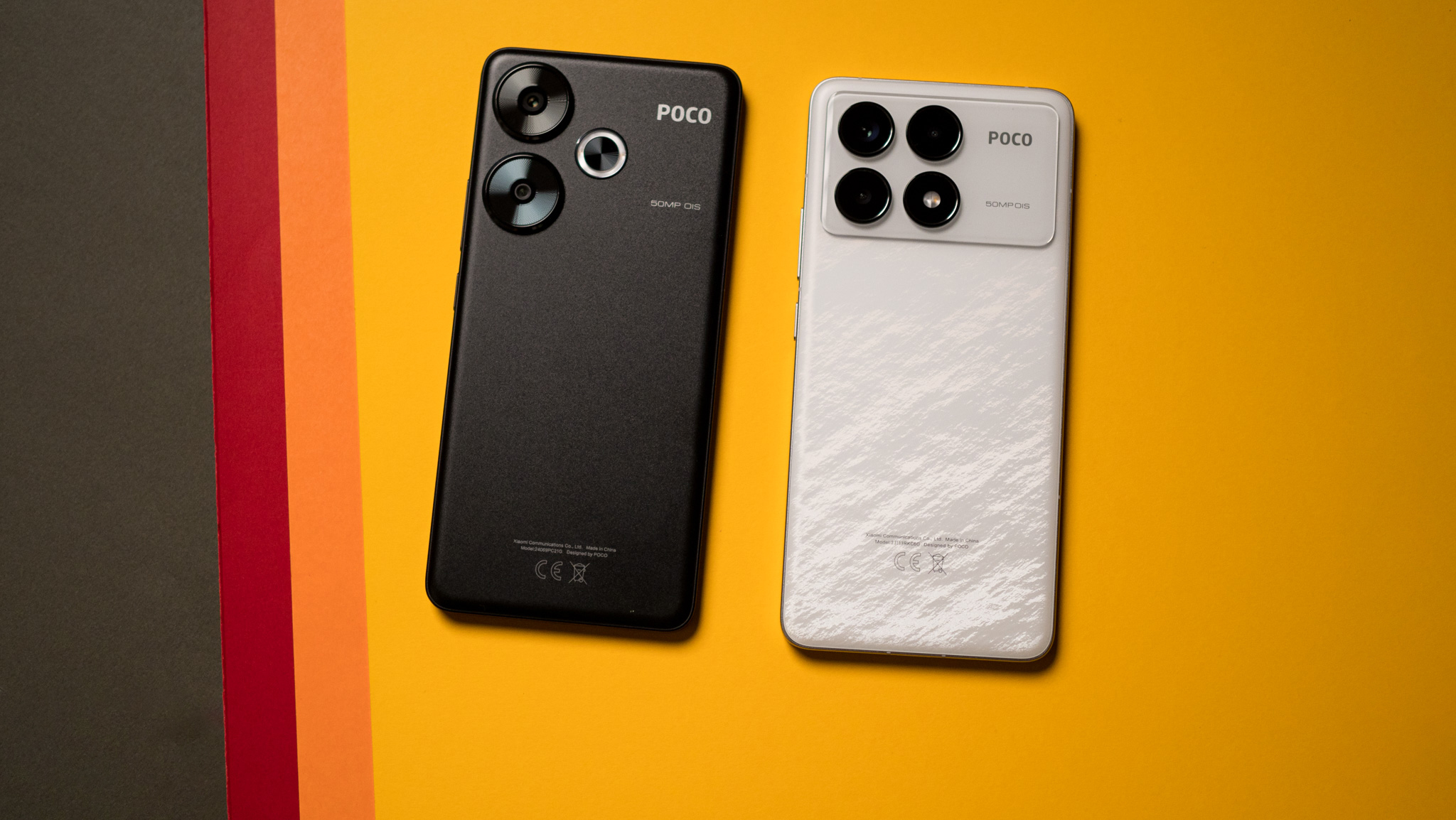
POCO clearly likes to switch things up on the design front with every generation, and that's the case with the F6 as well. The brand hasn't overhauled the entire design, instead making a few tweaks that allows the F6 to differentiate itself from its predecessor. The biggest change is at the back, where the camera modules are now ensconced within massive rings, similar to that of ASUS's Zenfone 10.
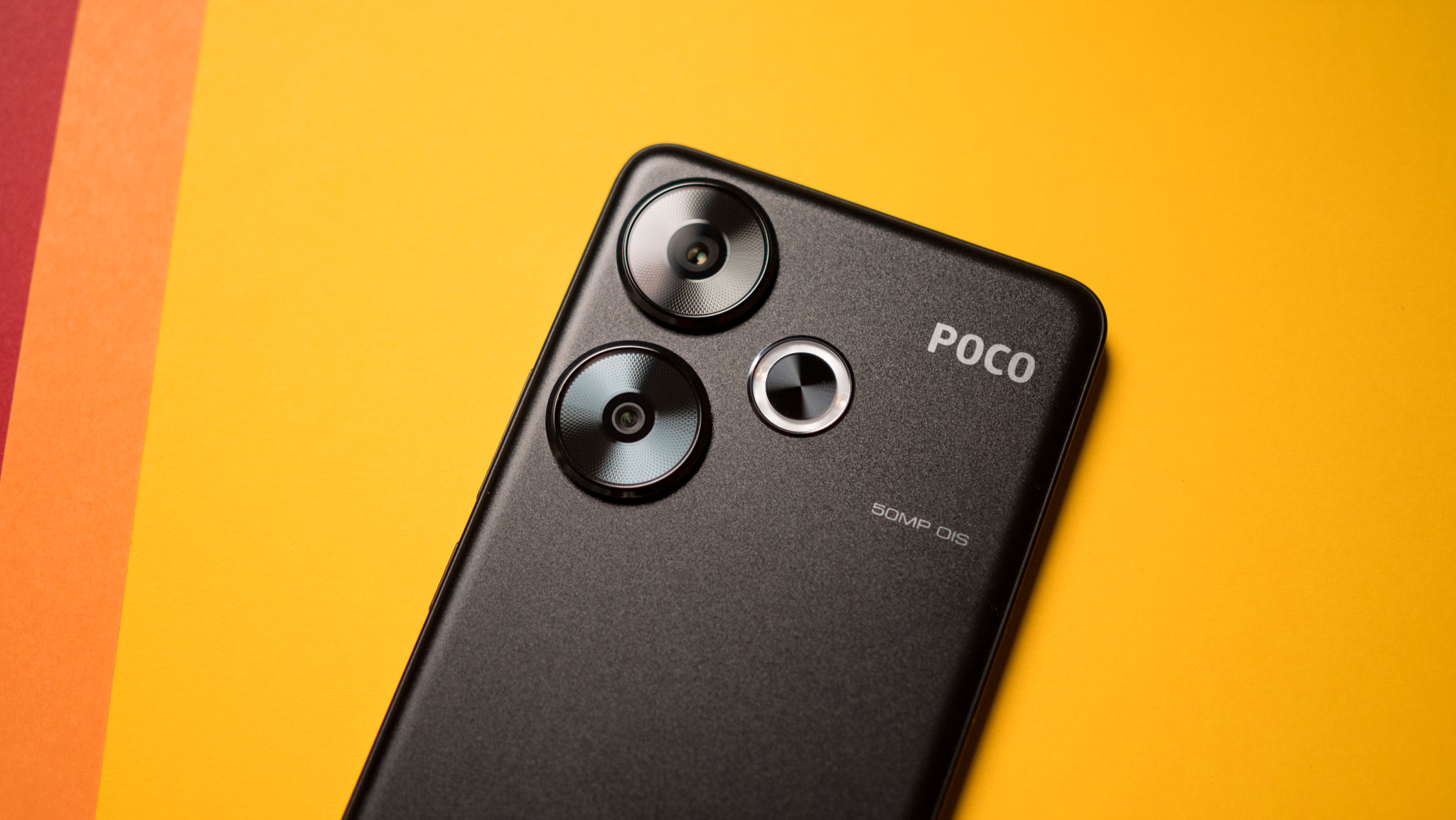
The LED flash module sits to the right of the two modules, and it has been similarly enlarged. The design feels cohesive if you're getting the black color variant, but if you opt for the green or titanium colors, the black-accented cameras look out of place — POCO should have color-matched the modules to the back of the phone.
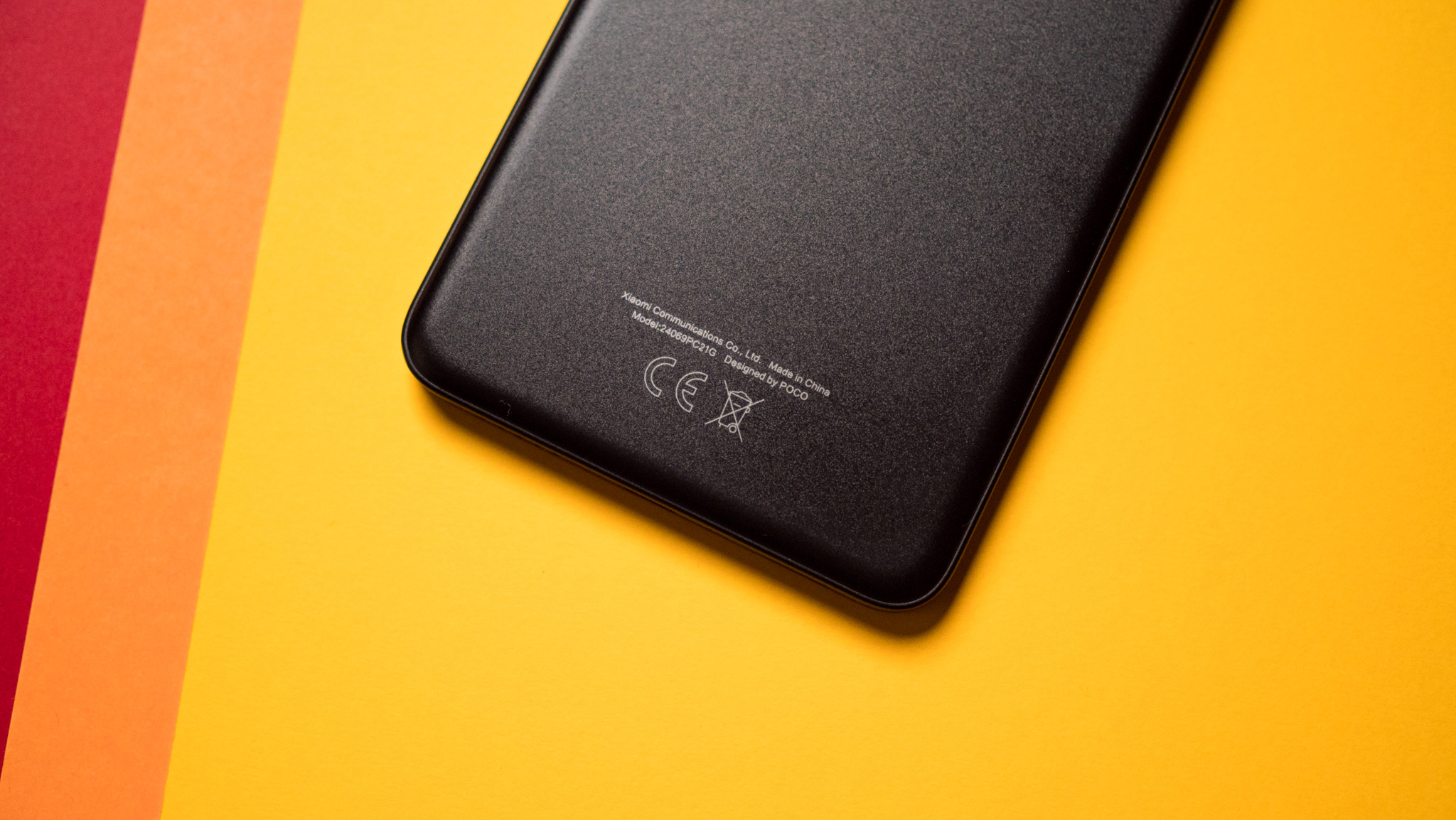
Having said that, this isn't the ugliest design on a POCO phone — far from it. The brand has had its share of misses in the past (notably the F5 Pro), and although the F6 isn't elegant, it doesn't come across as ostentatious either. What I like about the new camera modules is that they don't protrude, so there isn't too much of a wobble when using the phone on a table.
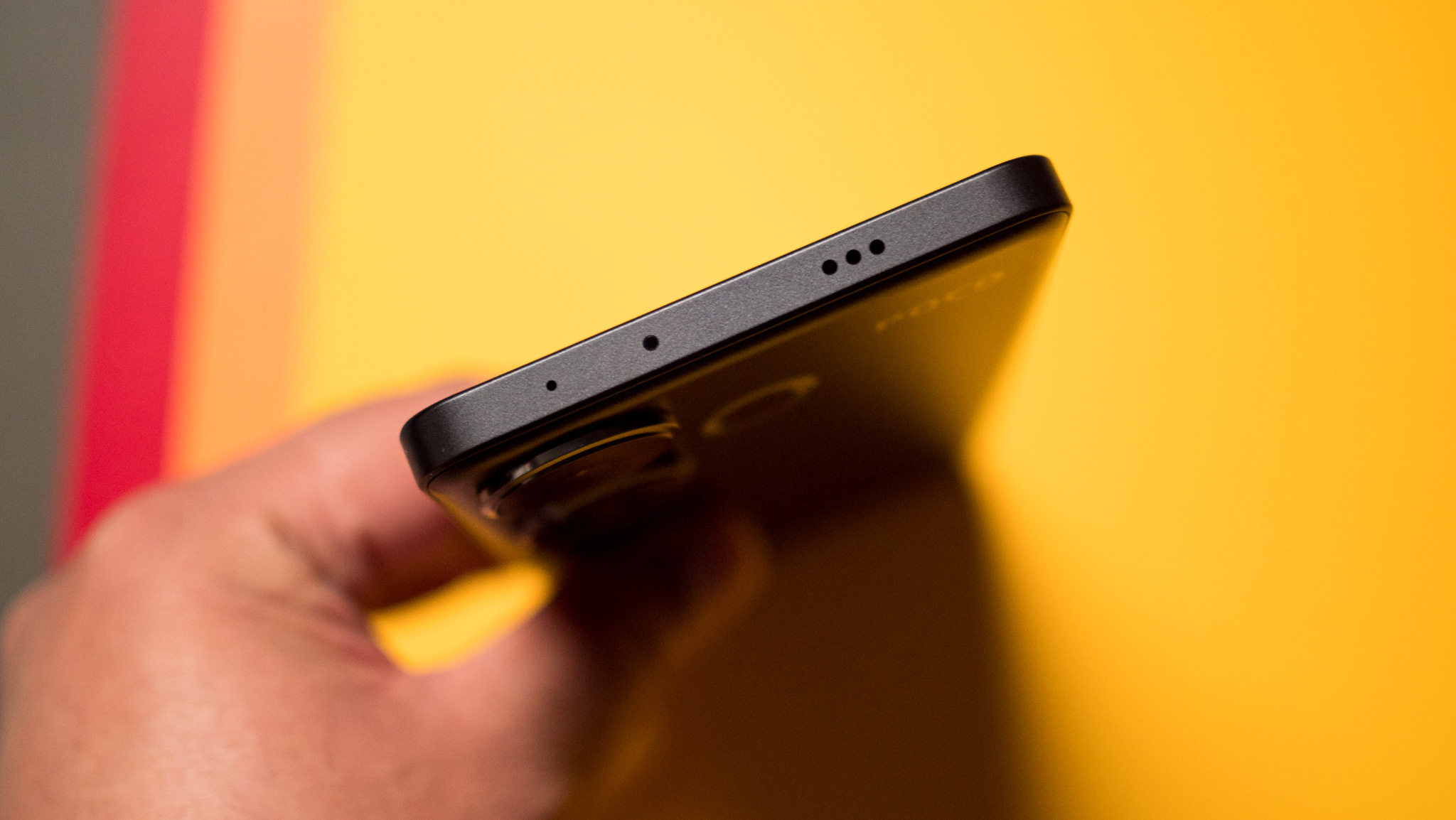
POCO retained the same polycarbonate back and sides, and again, that isn't an issue at all. The back has a silky coat that minimizes smudging to an extent, and the matte texture on the sides makes it easy to hold and use the phone. The F6 is considerably light at 179g, and it has excellent weight distribution.
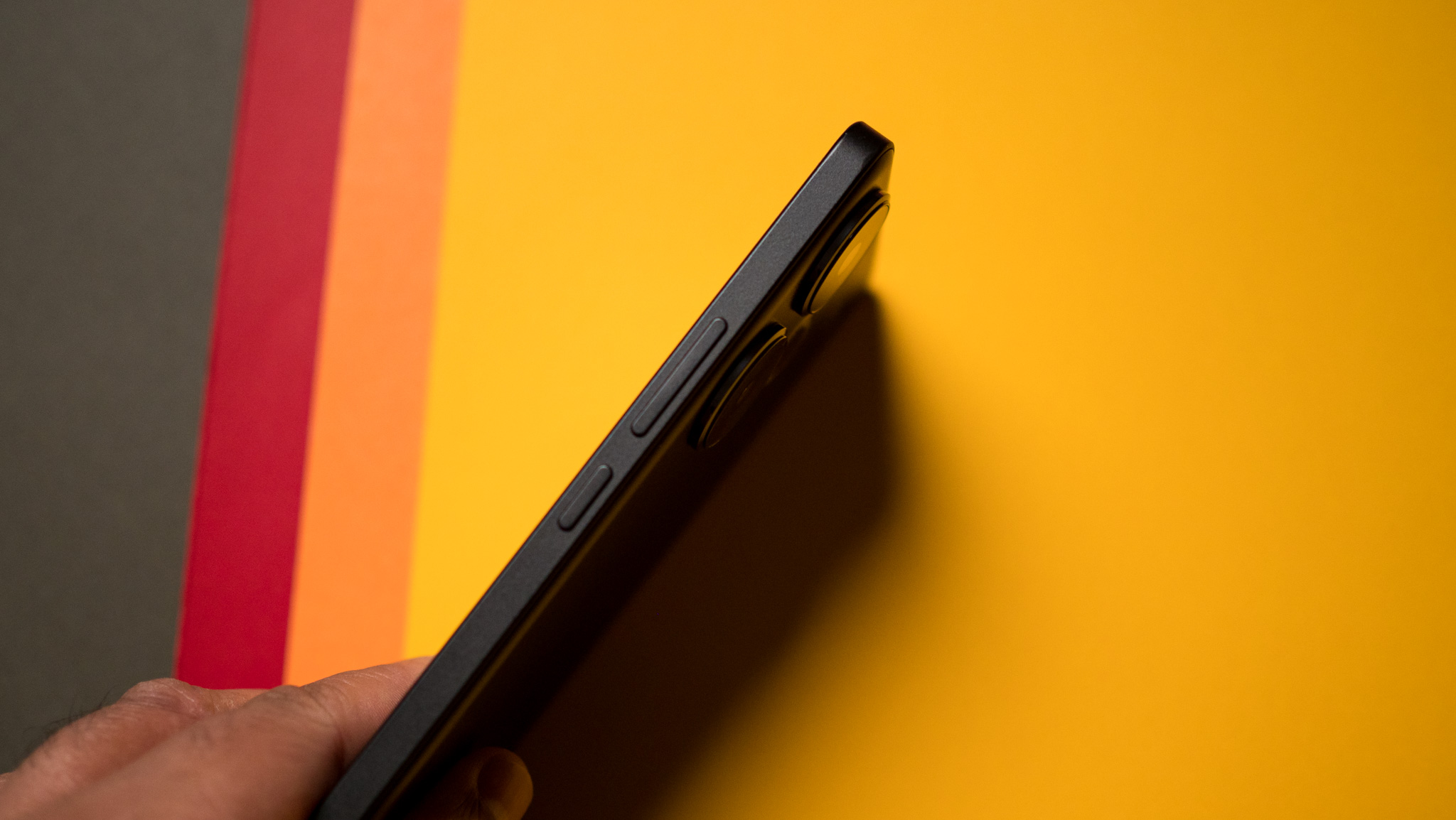
Although it is using a plastic chassis, it doesn't feel that way when you use the device, and the build quality is outstanding. The back has a subtle curve along the sides where it meets the mid-frame, and that allows the F6 to nestle into your hand with ease.
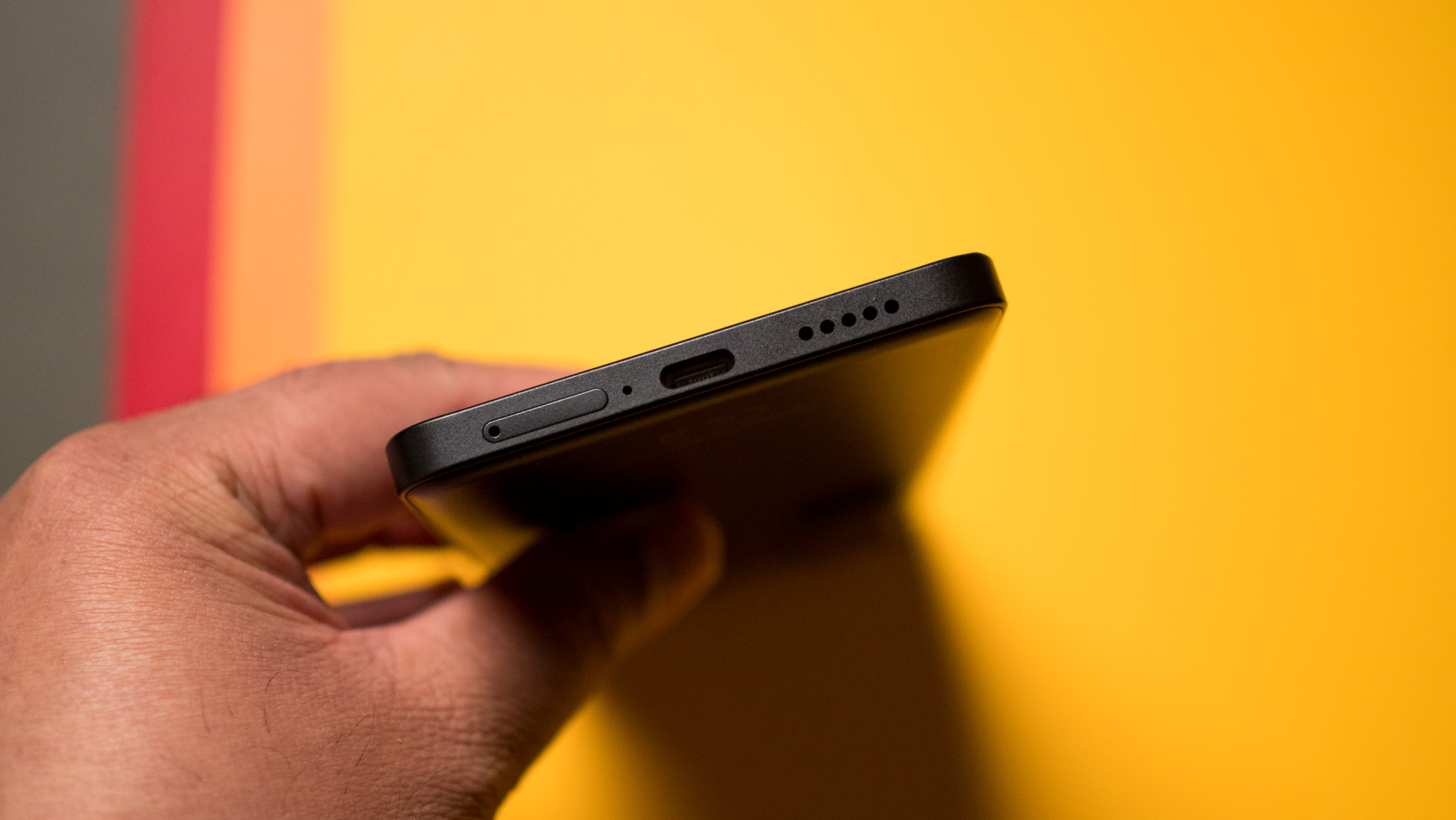
There isn't much in the way of branding at the back either; other than the POCO logo and a 50MP OIS tagline to the right, the phone is devoid of overt branding. The rest of the design is pretty standard — the power and volume buttons are on the right, the SIM card tray is at the bottom next to the USB-C port, and you get stereo sound that's plenty decent.
POCO now offers IP64 dust and water resistance on the F6, and that allows the device to weather the elements much better. While you still can't submerge the phone under water — that's reserved for IP67 and IP68 — it can withstand splashes of water from any side.
POCO F6: Display
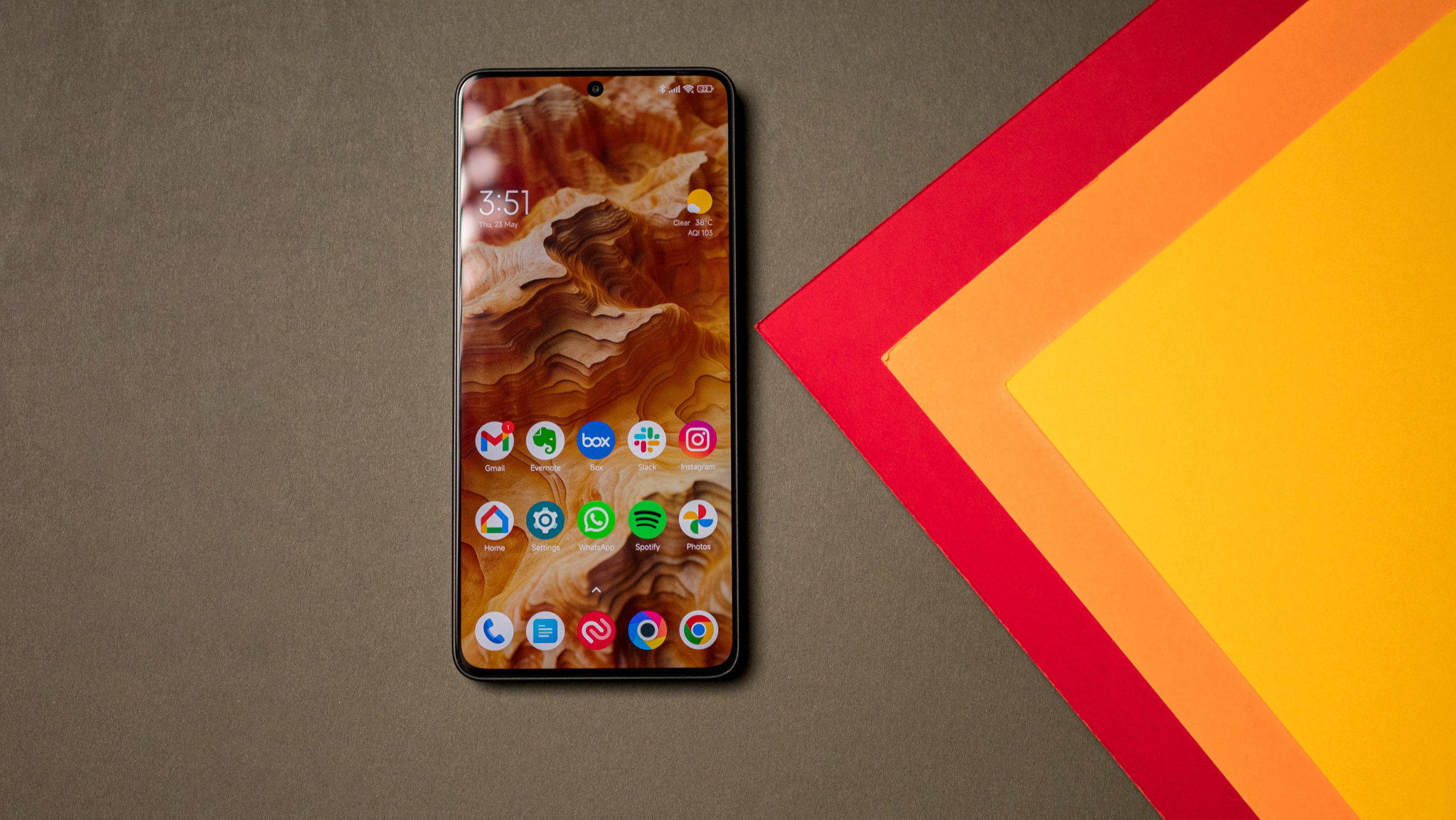
The F6 still has a 6.67-inch panel, but that's the only constant from last year. The AMOLED panel now has a higher resolution of 2712 x 1220, and it gets brighter — it is able to go up to 1200 nits in HBM mode, and 2400 nits in HDR content — and is protected by a layer of Gorilla Glass Victus.
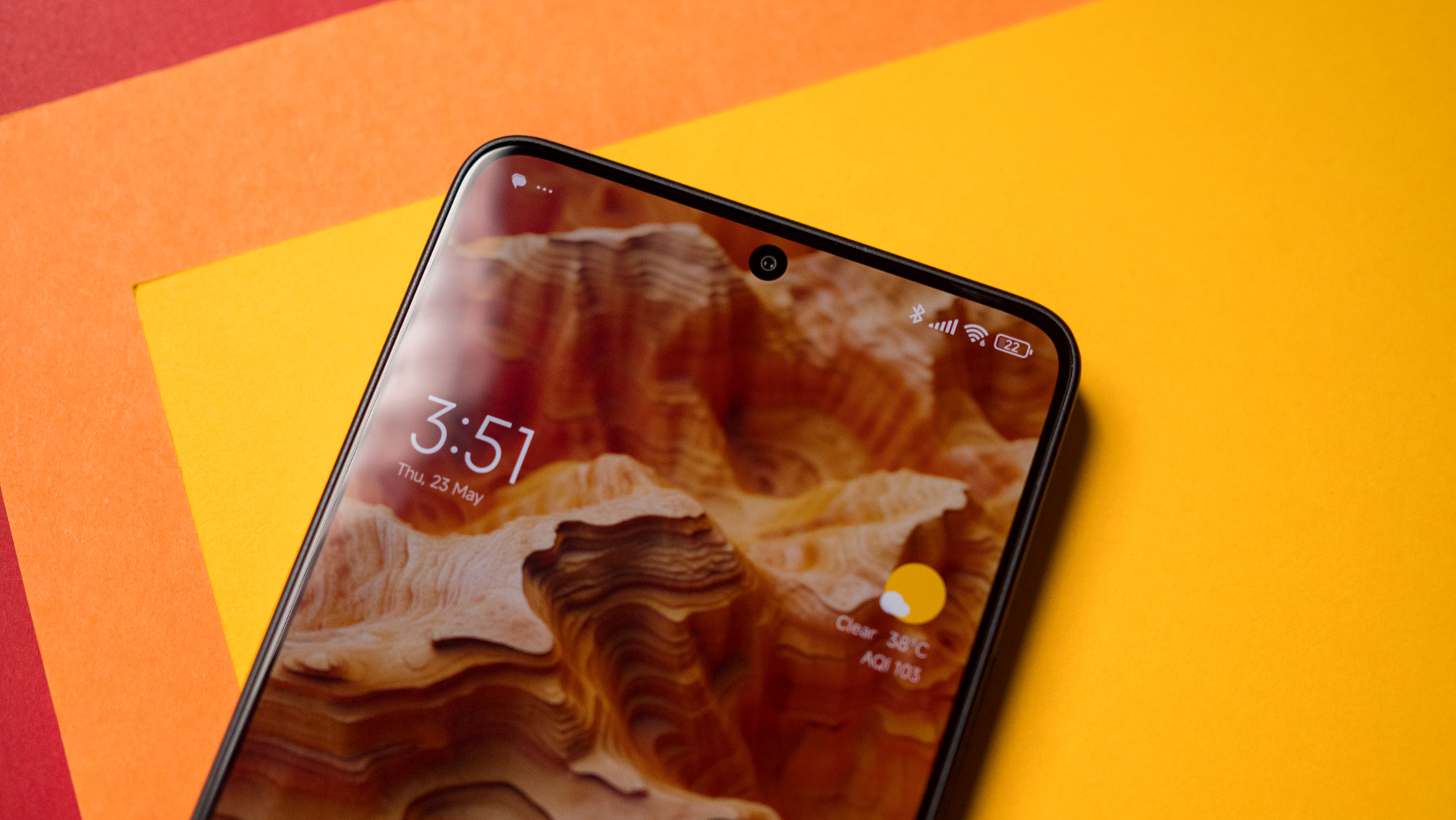
The phone is set to the Original Colour Pro mode out of the box, and colors aren't noticeably vibrant — switching to the Vivid mode makes a big difference in daily use. As with all Xiaomi phones, the screen refresh is set to auto, and you'll need to go into the settings to manually toggle 120Hz. You can switch between 60Hz or 120Hz, and there's no option to choose 90Hz. The auto mode does a decent job switching between the two refresh rates, but I like to have 120Hz enabled all the time.
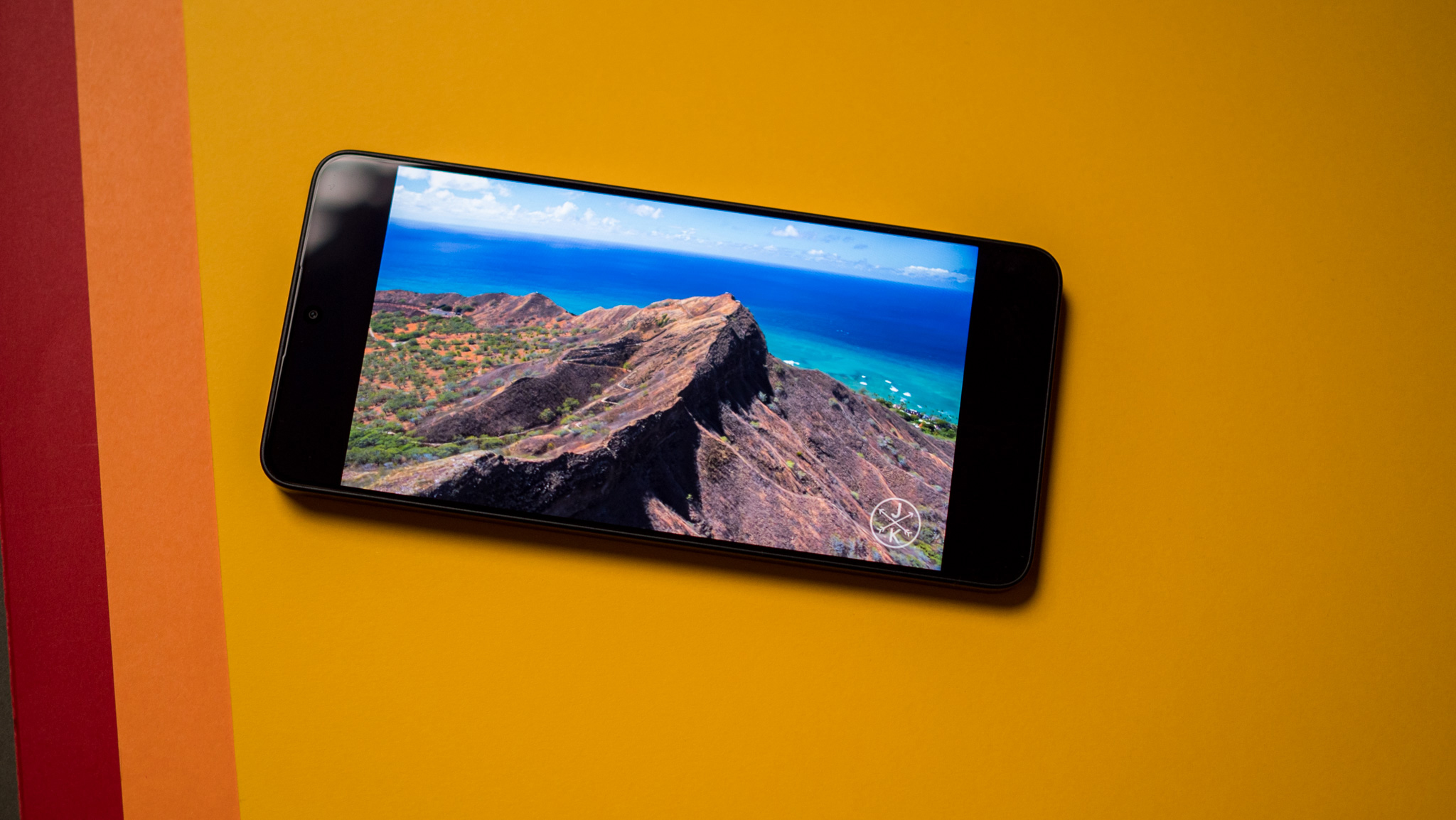
There's Widevine L1, and there are no issues playing 1080p content in streaming services. Xiaomi phones in general don't do a great job with Dolby Vision content, and that is the case with the POCO F6 as well. That said, the phone is terrific at gaming, and is able to play demanding titles at stable framerates. The stereo sound is good too; it isn't as detailed as high-end devices, but it is more than adequate when streaming content or casual gaming.
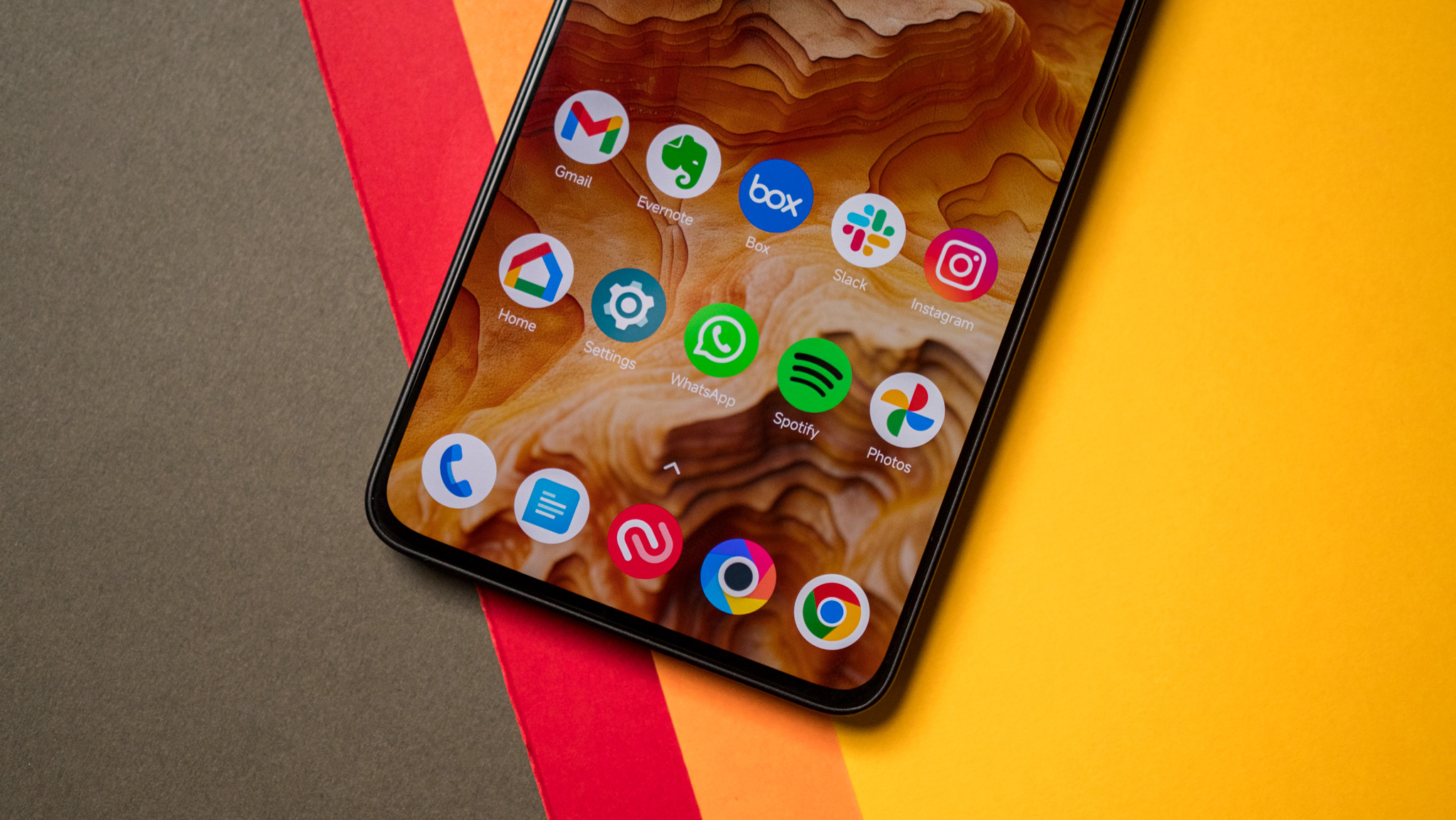
You get the same set of customization options as other Xiaomi and POCO phones, including always-on styles, ability to tweak colors to your preferences, and extras like Reading mode. Like most Xiaomi phones, the F6 has 1920Hz PWM dimming, and there's an optical module this time. The only issue is that the module sits a little too low on the panel, making it awkward to access when using the phone one-handed. Other than that, the F6 nails the basics.
POCO F6: Performance and battery
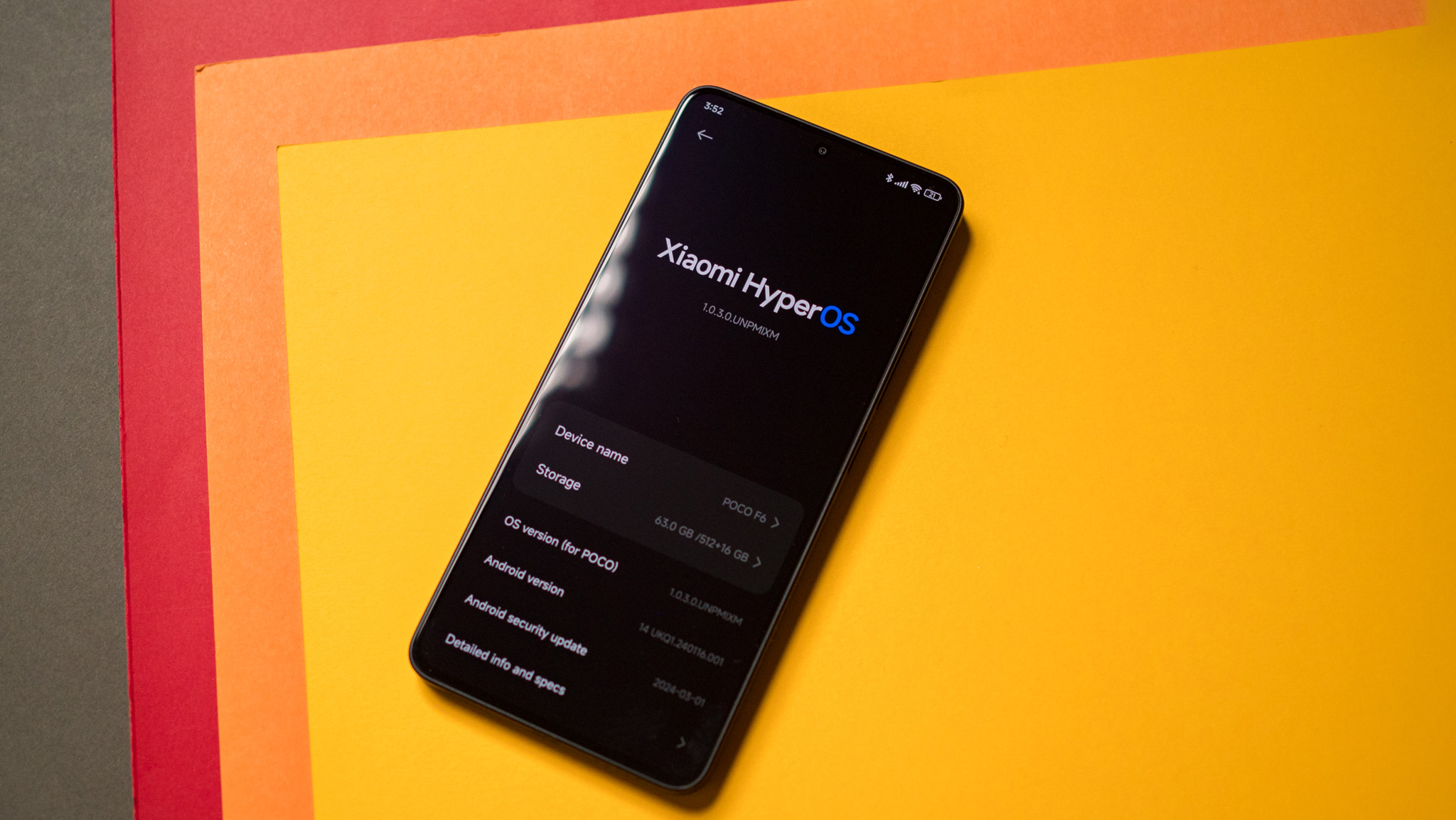
POCO is betting on the latest Snapdragon 8s Gen 3 to differentiate the F6 in the mid-range segment, and there is a lot to like with the platform. You get one Cortex X4 core that goes up to 3.0GHz, and it is joined by four 2.8GHz A720 cores that handle a bulk of the performance-related tasks, and three 2.0GHz A520 cores designed to deliver efficiency.
The Adreno 735 is interesting as well, and it allows the F6 to be a gaming powerhouse; it is one of the best devices in this category at gaming. The only downside is that it gets noticeably hot in marathon gaming sessions; the F6 went up to 46.2 degrees Celsius at the back, 45 degrees around the sides, and 49.2 degrees near the camera modules.
| Category | POCO F6 | POCO F6 Pro | OnePlus 12R |
|---|---|---|---|
| PCMark Work 3.0 (Overall) | 15491 | 15833 | 12189 |
| PCMark Work 3.0 (Web Browsing) | 14944 | 15263 | 12111 |
| PCMark Work 3.0 (Video Editing) | 7691 | 7482 | 5548 |
| PCMark Work 3.0 (Writing) | 17327 | 17059 | 15752 |
| PCMark Work 3.0 (Photo Editing) | 26584 | 32291 | 19074 |
| Geekbench 6 (single-core) | 1762 | 1418 | 1332 |
| Geekbench 6 (multi-core) | 4608 | 5121 | 4475 |
| 3DMark Wild Life Extreme (score) | 2947 | NA | 3686 |
| 3DMark Wild Life Extreme (FPS) | 17.65 | NA | 22.07 |
| 3DMark Solar Bay (score) | 4983 | NA | 5330 |
| 3DMark Solar Bay (FPS) | 18.94 | NA | 20.27 |
The upside is that with a stability score of 97.5% in 3DMark's Solar Bay stress test, the F6 is the best out of any mid-range phone I tested, and this is evident in real-world gaming scenarios as well. The phone doesn't throttle even with extended use, and you get steady framerates in visually demanding titles. It doesn't have the sheer power of the regular 8 Gen 3, but in the context of mid-range phones, it is a fantastic showing.
What's also interesting is that there isn't much of a gulf between the F6 and the F6 Pro. The Pro model is powered by last year's Snapdragon 8 Gen 2 and is better at gaming, but in real-world usage scenarios, the F6 manages to hold its own even in demanding titles.
POCO isn't shortchanging users when it comes to the memory; all variants of the F6 feature LPDDR5X RAM modules as standard as well as UFS 4.0 storage, and that is a big deal in its own right. The base model has 8GB of RAM and 256GB of storage, and there's a 12GB/512GB edition that's available in most markets. POCO isn't bringing the 1TB variant outside China, and the 16GB/512GB model that I'm using is similarly limited to select regions, but on the whole, the F6 has one of the best hardware packages in this category.
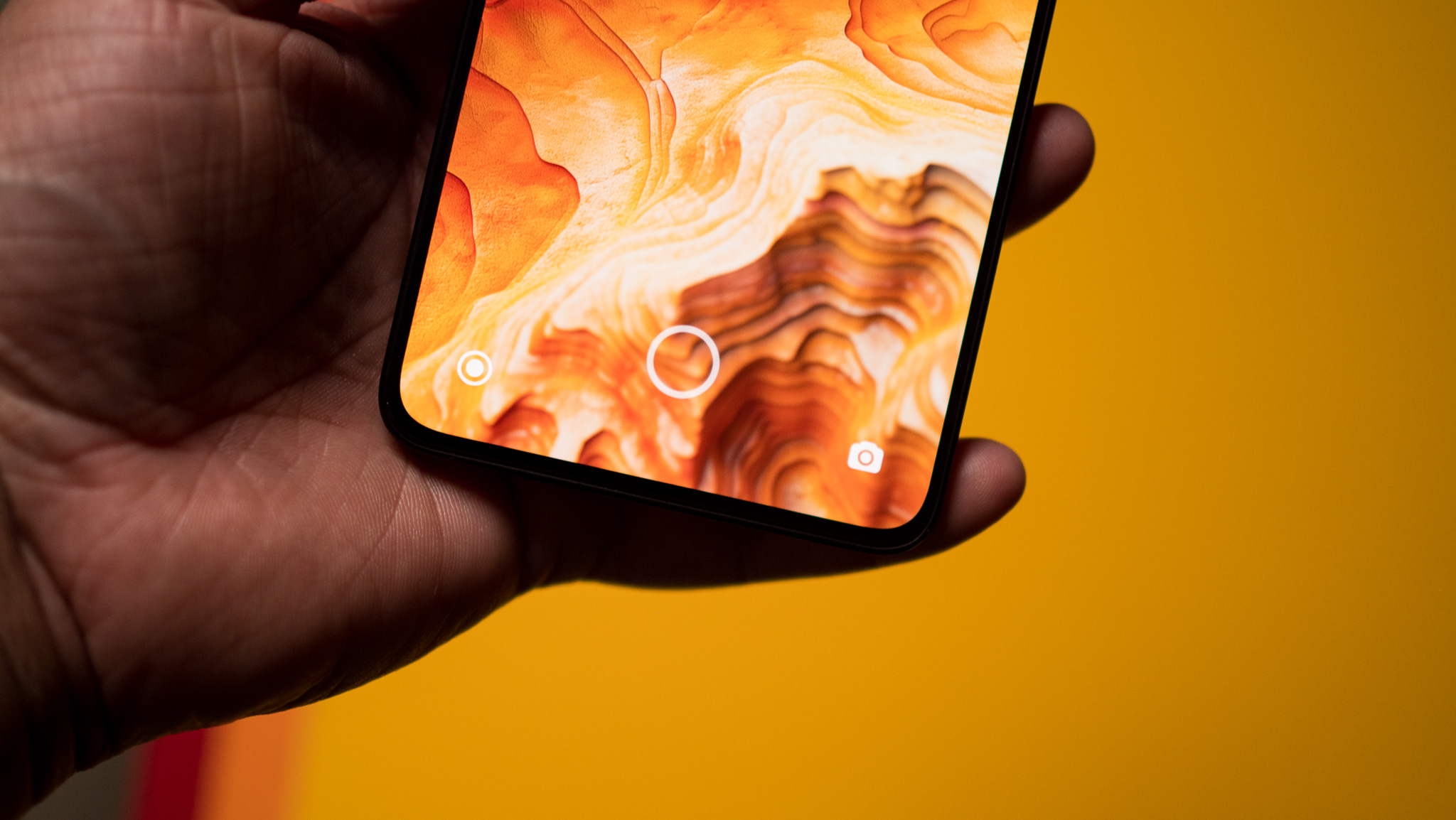
That extends to connectivity as well, with the device offering Wi-Fi 6E, Bluetooth 5.4, NFC, and a good selection of AptX codecs, including AptX HD. It has dual-SIM connectivity and a decent set of 5G bands based on the region, and I didn't see any issues making calls or accessing cellular networks in the week I used the device.
The only quibble with the hardware is that the vibration motor isn't quite as good as the one on the F6 Pro; it is limited in its range, and doesn't deliver granular feedback. Outside of that, there are no problems with the F6 whatsoever.
Battery life has been terrific as well, and the phone manages to last a day and a half with ease. I didn't see the battery go below 15% even on days with heavy use, and like the best Xiaomi phones of 2024, there is no battery anxiety whatsoever. And with the upgraded 90W charging now available, it takes just over 40 minutes to charge the F6. Thankfully, POCO continues to bundle a charger in the box.
POCO F6: Cameras
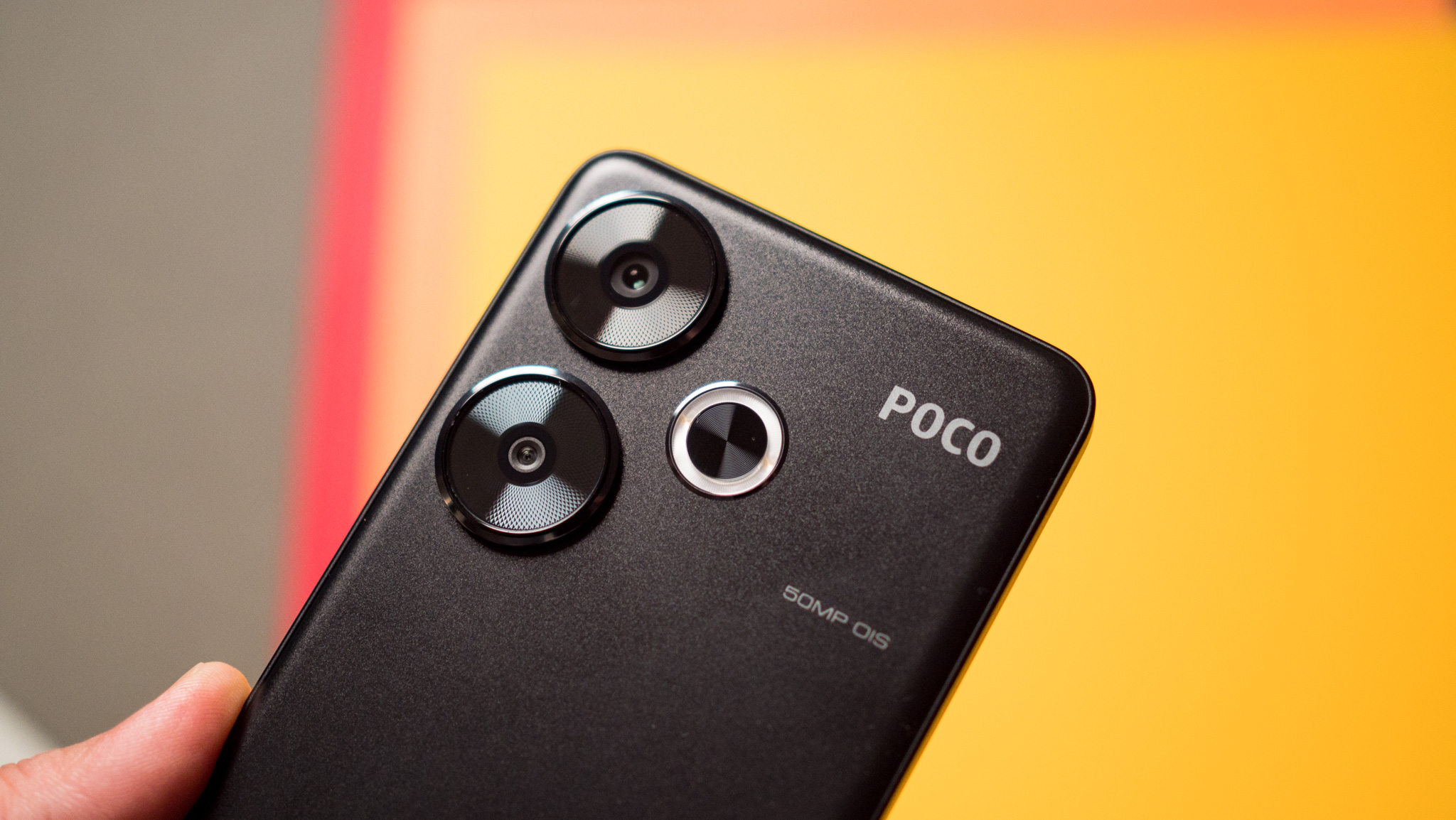
Cameras have never been the main focus for POCO, but that's changing with the F6; the device has a 50MP f/1.6 Sony IMX882 with OIS that takes decent photos in most situations. The main camera is joined by an 8MP Sony IMX355 wide-angle lens, and at the front you get a new 20MP f/2.2 camera that uses OmniVision's OV20B40.
POCO is finally being sensible about auxiliary cameras on the F6, and the phone doesn't get the 2MP macro module that's been a mainstay on most Xiaomi phones over the last three years. Considering the ineffectiveness of that sensor, it's good to see the brand not bundling it just for marketing reasons.
The camera interface itself hasn't changed, and you'll find all the usual toggles and settings in the same location. What is new, though, is the ability to shoot 4K video at 60fps; POCO hobbled this feature on its devices for the longest time, so it's great to see that video recording isn't a limitation now. You don't get much in the way of shooting modes or effects, but the F6 has all the basics available, and honestly, that's what you'll end up using anyway.
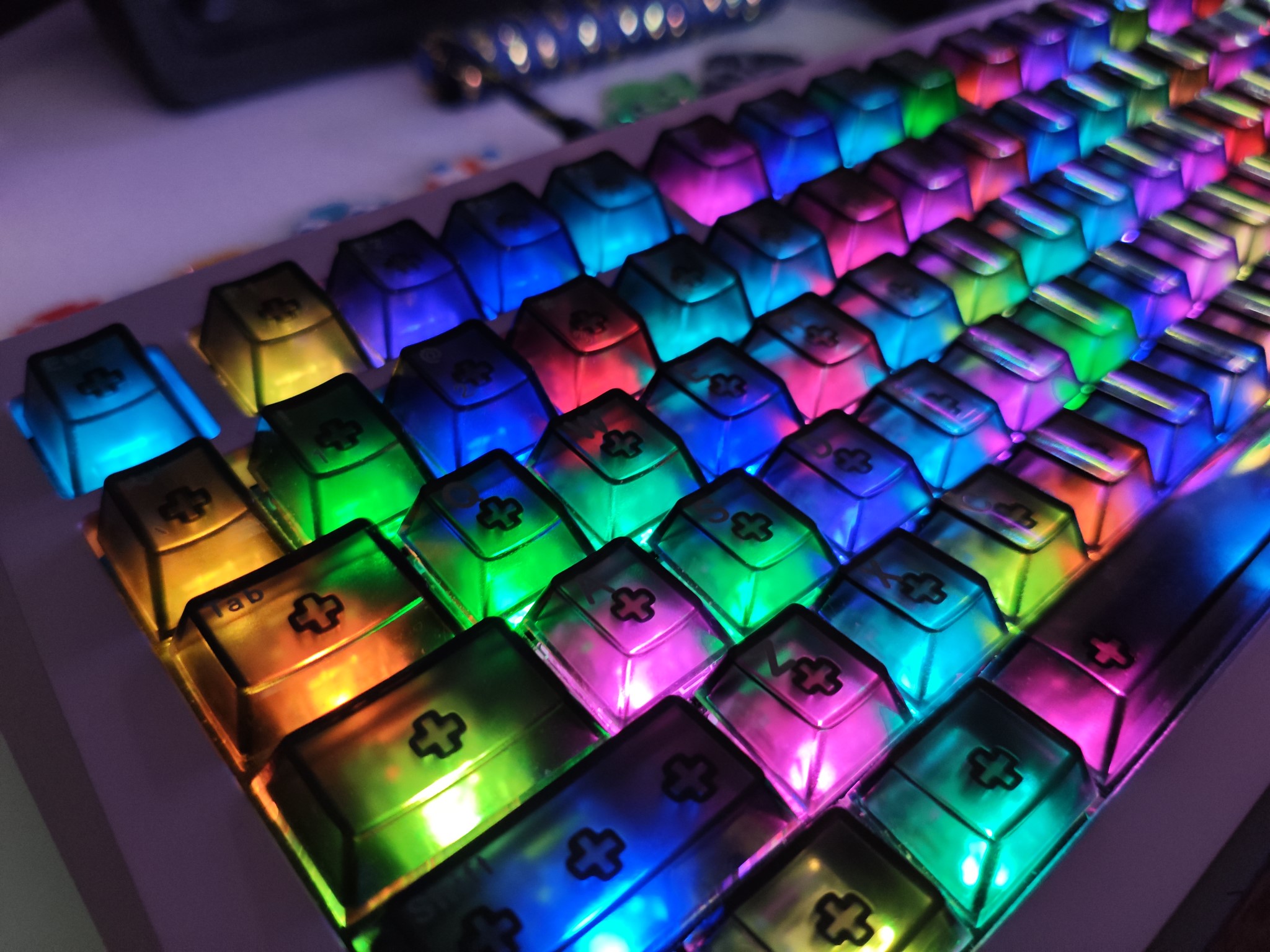
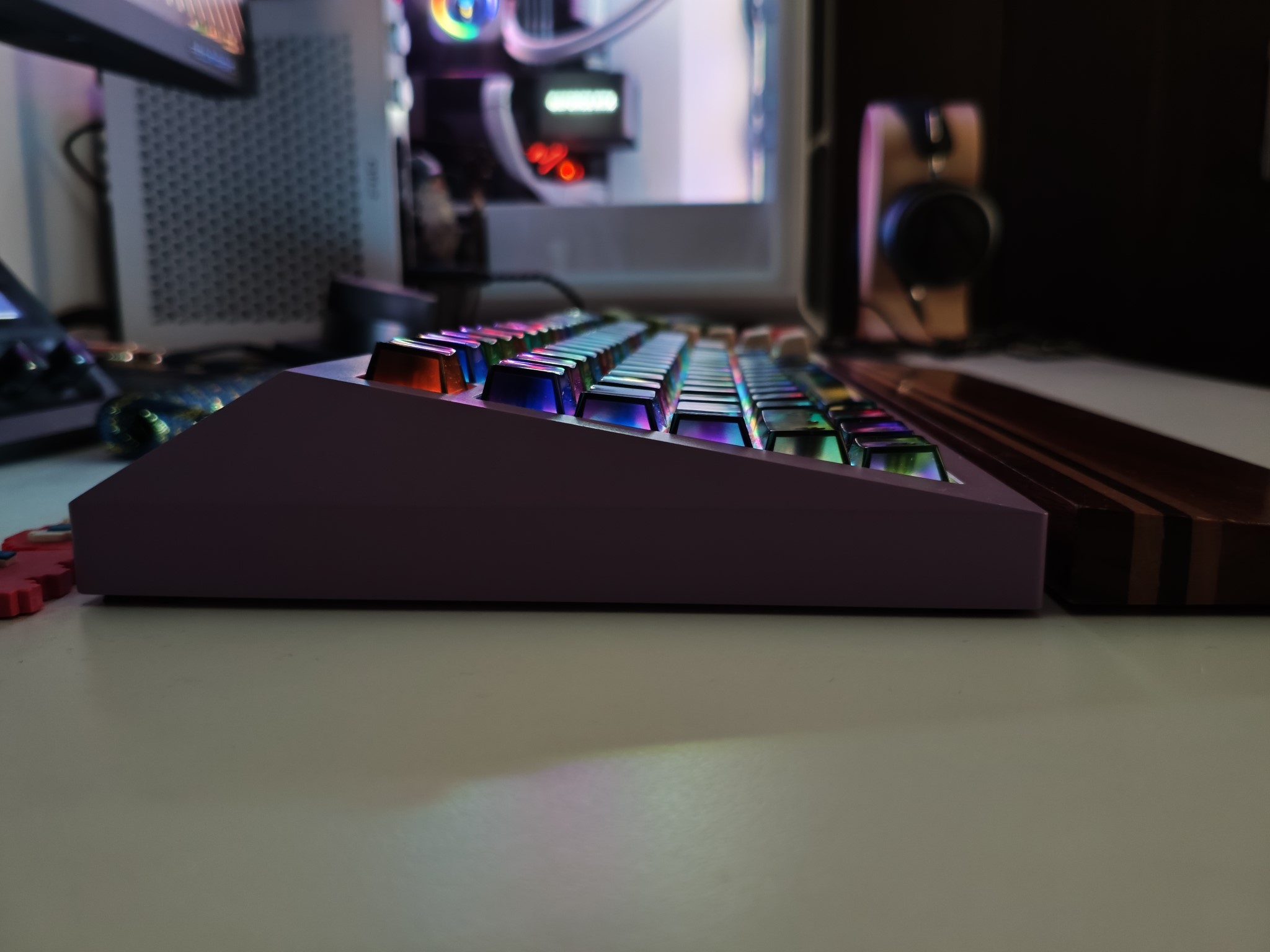

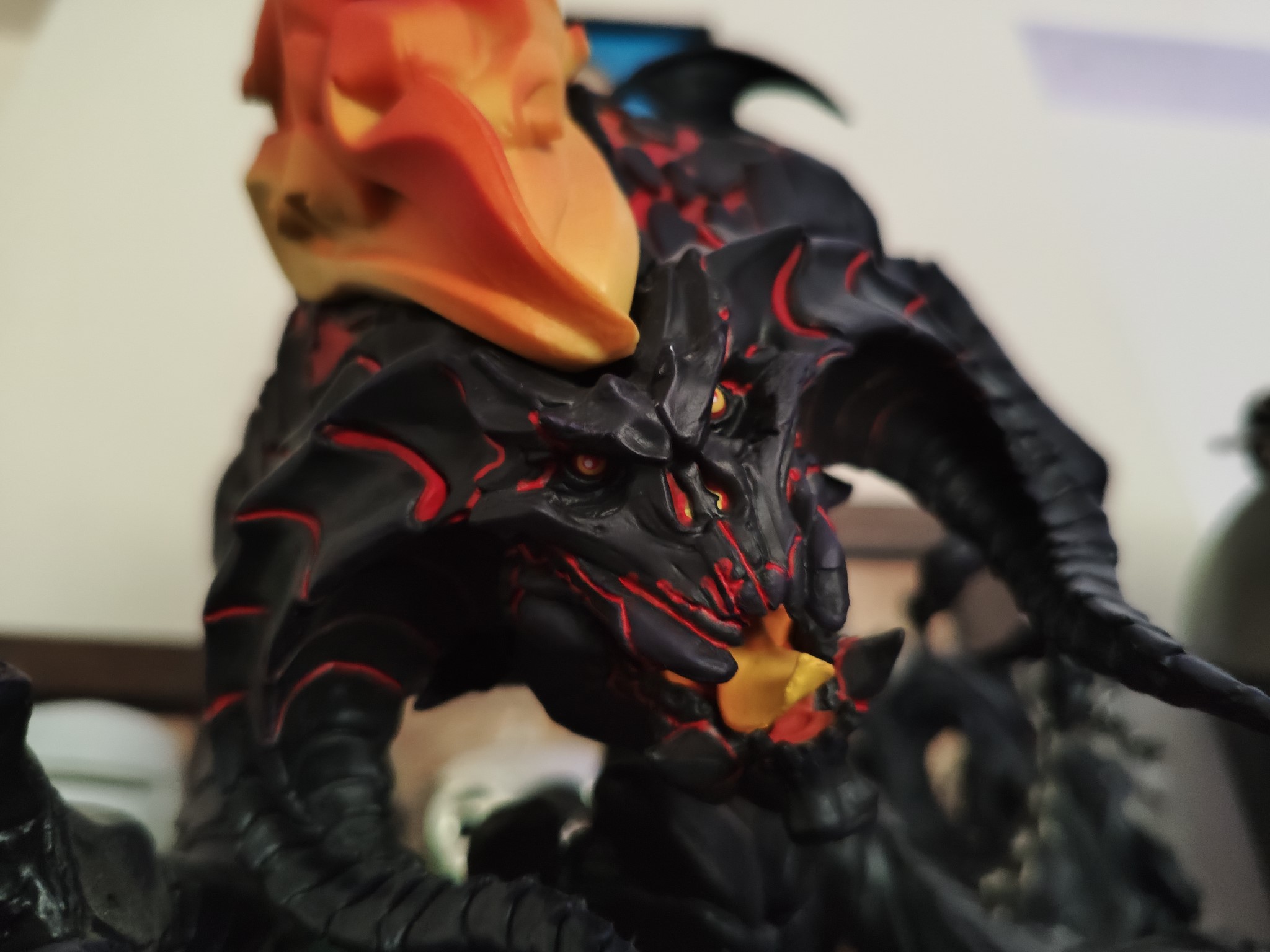
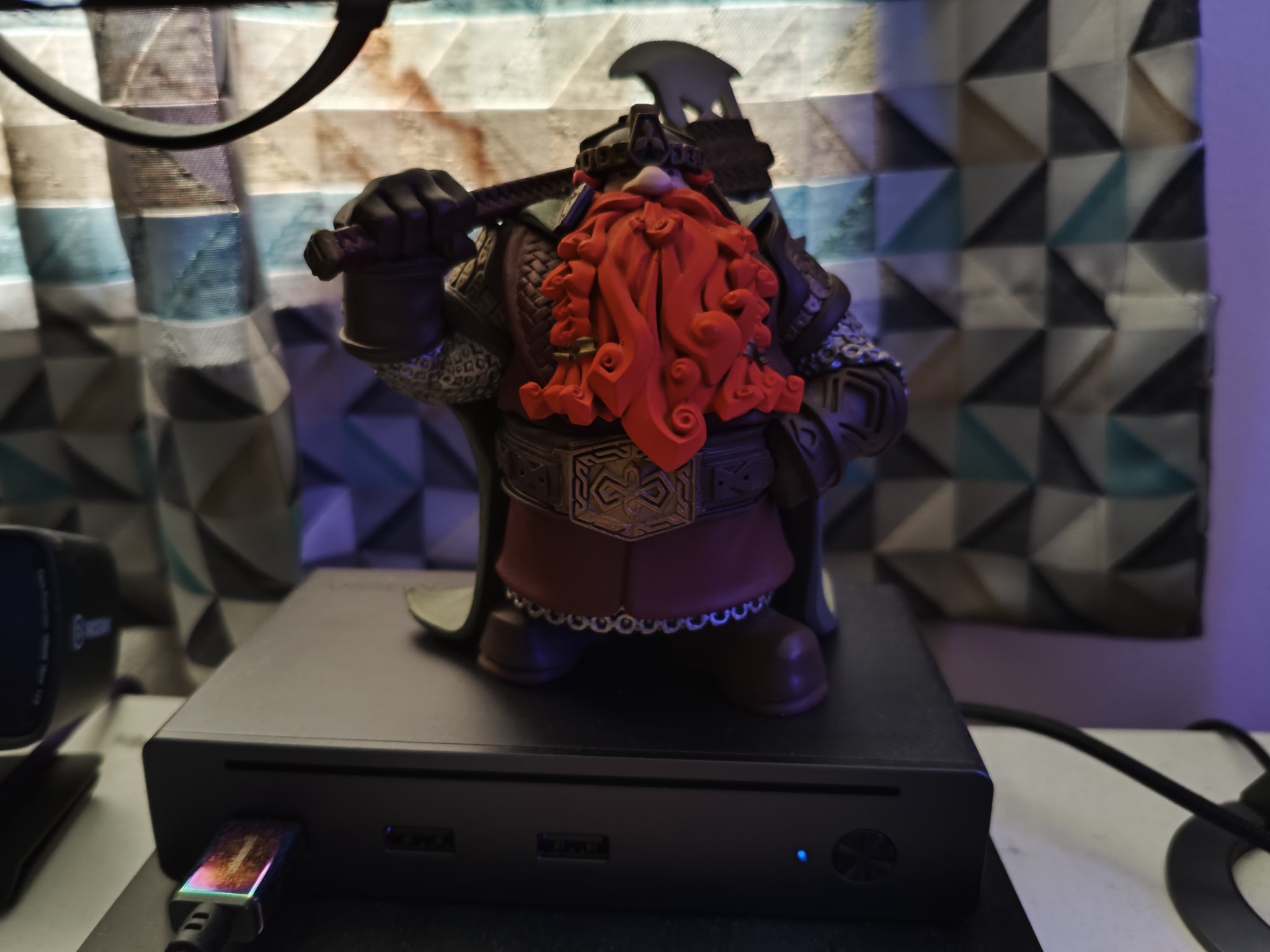
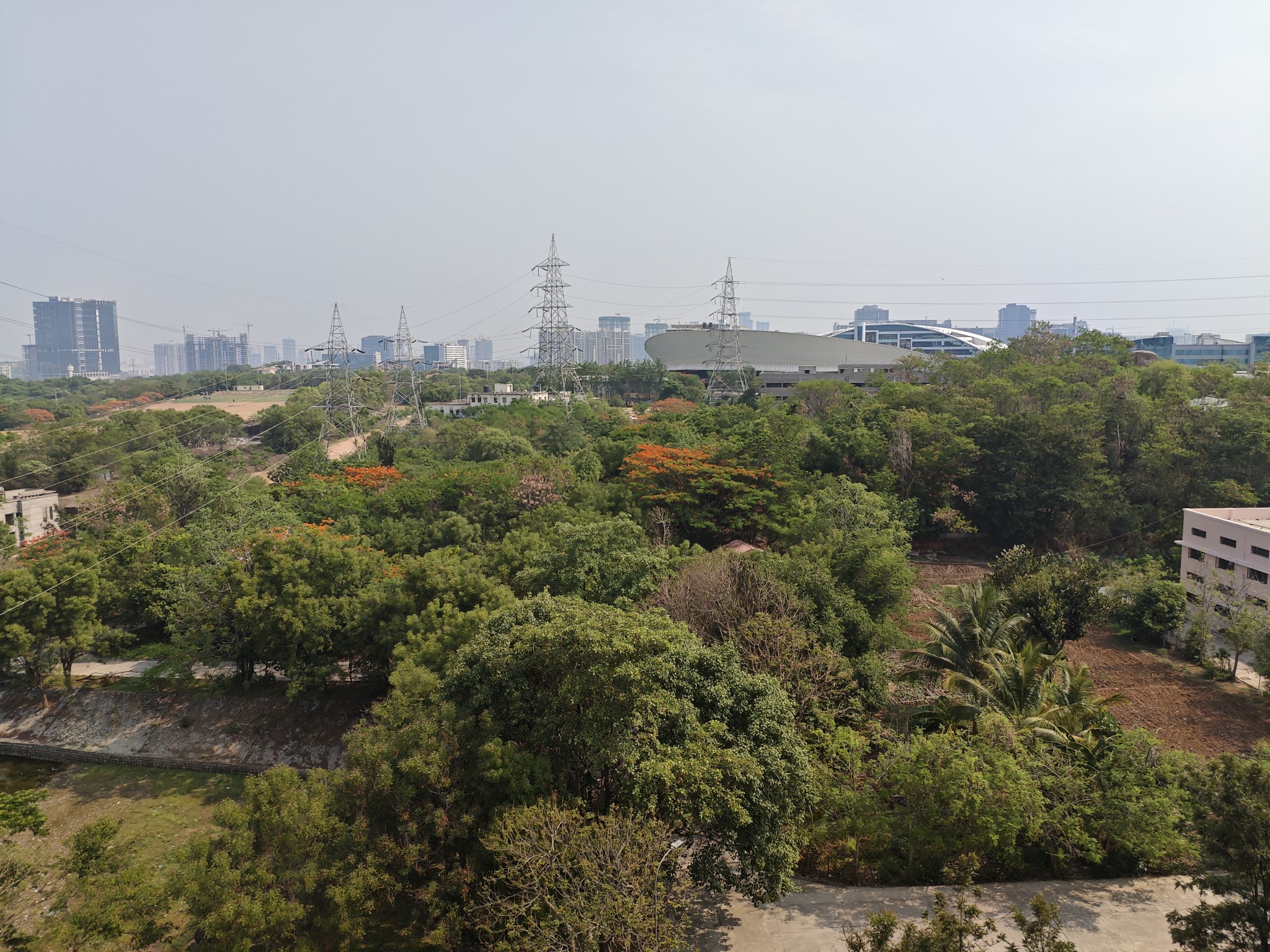
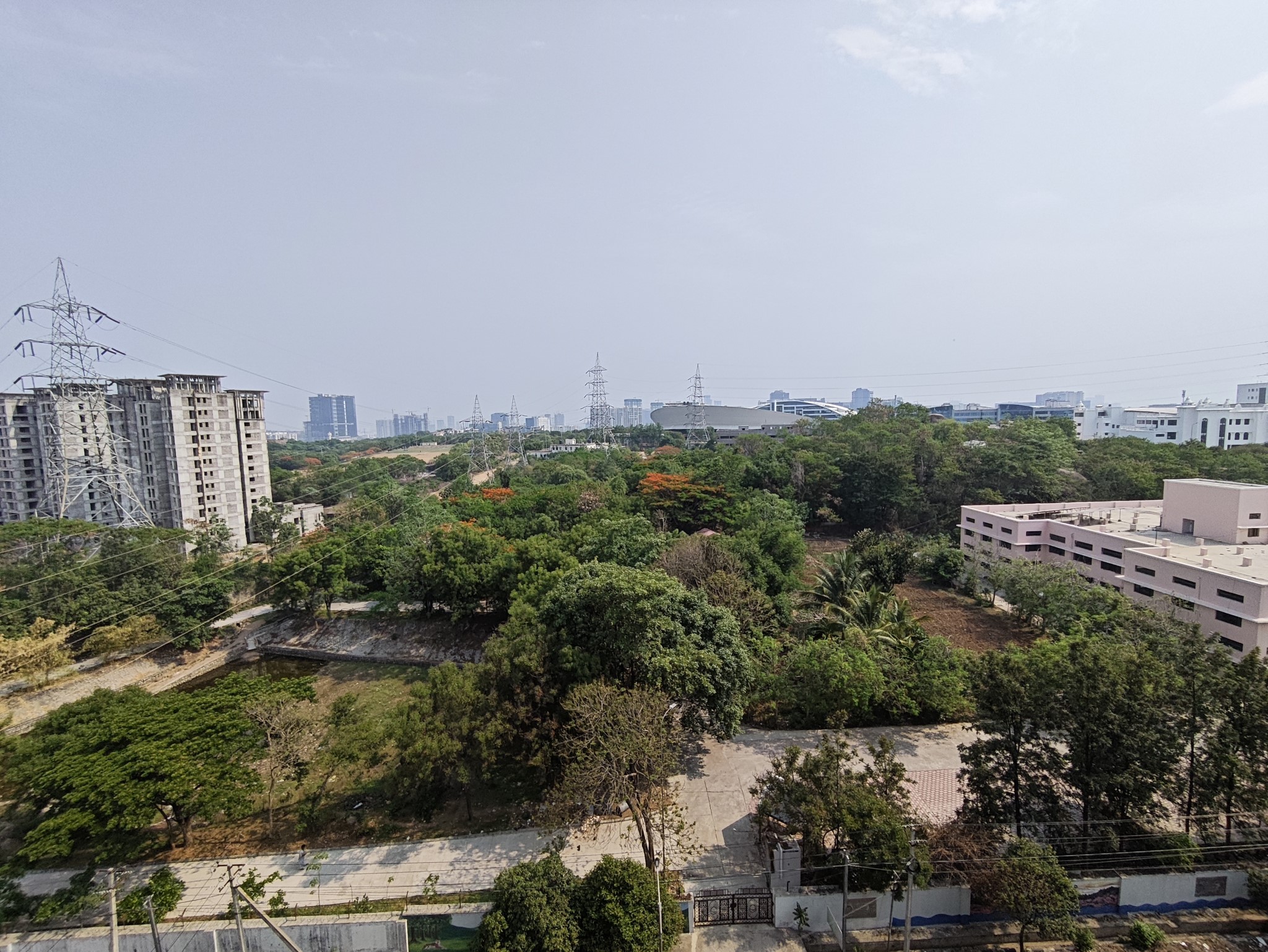

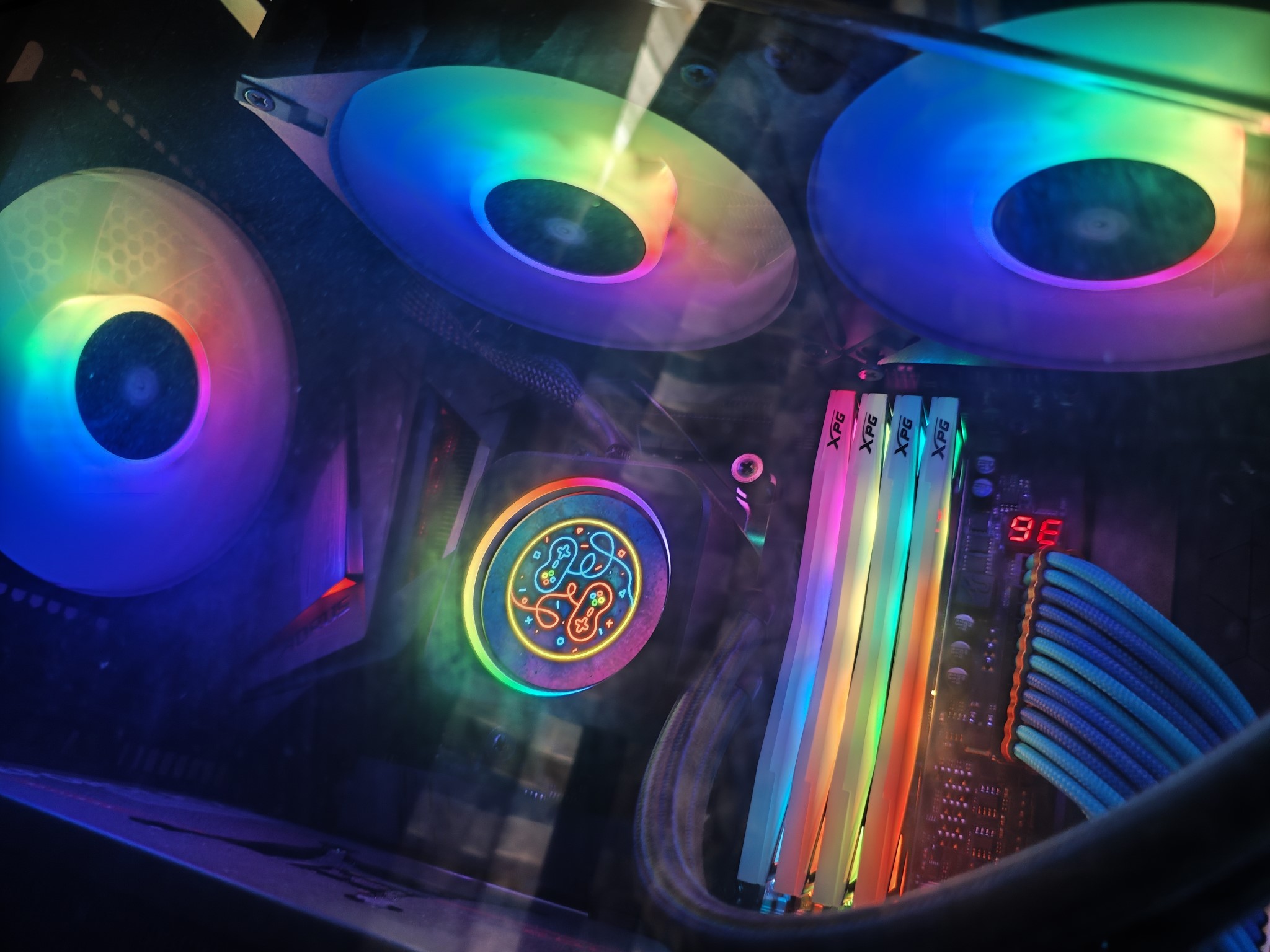
Coming to daylight shots, the F6 has good dynamic range and color rendition. You don't miss out on intricate details when it comes to clouds or foliage, and colors tend to be accurate. POCO's phones tend to boost the contrast a little, and it makes the resultant photos look great on social media.
Where the F6 shines over its predecessors is low-light imagery; the phone is able to take detailed shots at night, with little to no visible noise levels. Highlights and shadows are managed well, and while the exposure is on the conservative side, you can still make out a lot of minute detail. The phone does a much better job with portrait shots as well, including those of inanimate objects.
The wide-angle lens, on the other hand, is strictly average. It does a decent enough job in scenarios with good lighting, but it doesn't have the same color balance as the main lens, and it has issues with focusing and managing noise levels in low-light.
That said, the F6 is the best showing yet from POCO, and the phone manages to deliver a similar caliber of shots as the OnePlus 12R, and that's a huge deal in and of itself.
POCO F6: Software
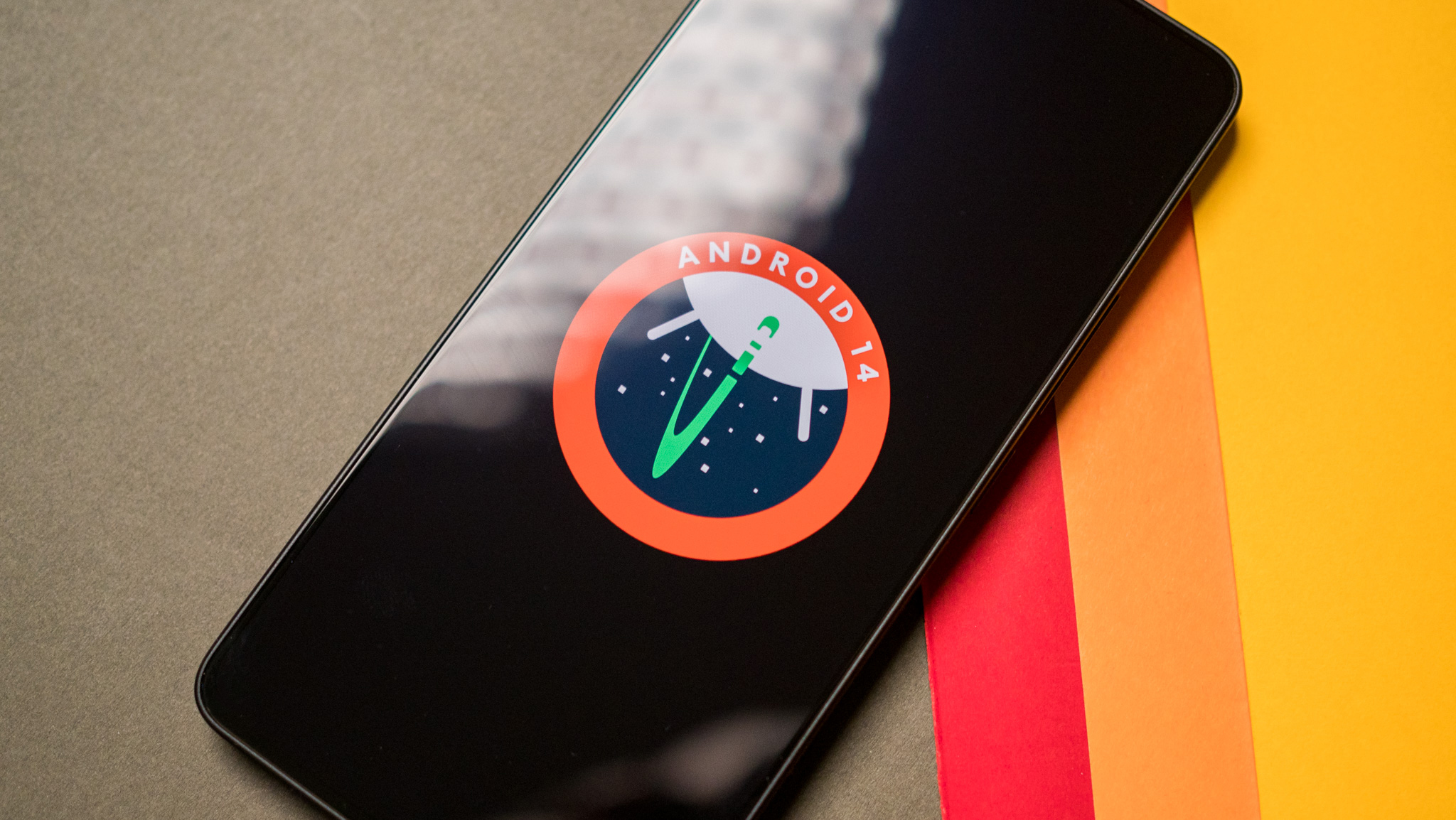
There isn't much to talk about when it comes to the software side of things. The device comes with HyperOS 1.0.3.0 based on Android 14 out of the box, and while POCO uses a customized version of the interface with custom icons, there isn't much else that's different to what you get on Xiaomi phones.
In fact, the software is identical to MIUI 14, and other than the split notification pane and a few under-the-hood changes, you don't notice anything new. The quick toggles still don't have labels, and like all Xiaomi phones I've used this year, it continues to be annoying. There is a lot of customizability on offer, and features like flexible windows allow you to make the most out of the interface.
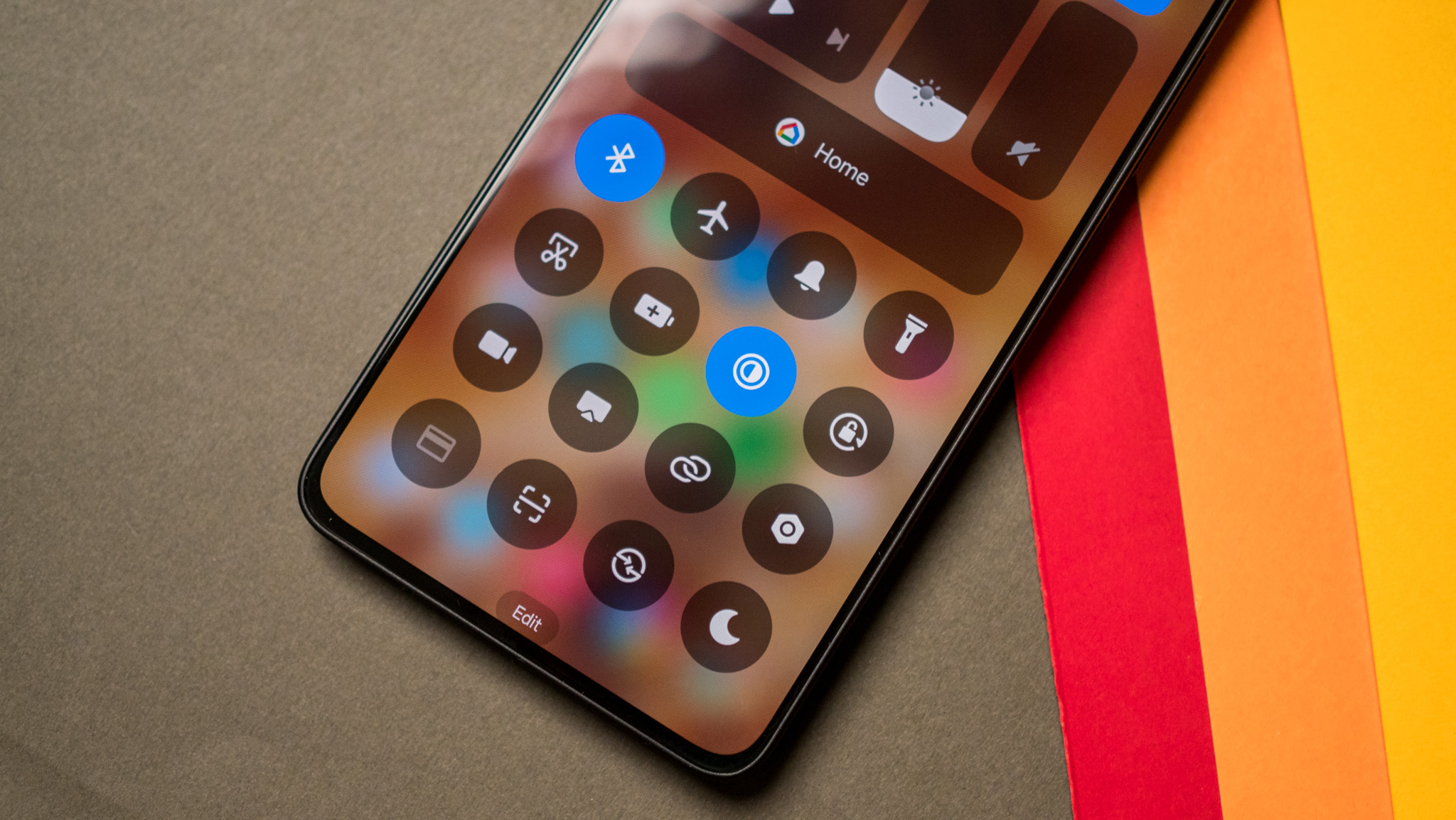
What is noticeable is the fluidity of the UI; it is better than the MIUI era, and it makes a difference in daily use. Outside of that, the interface has the same benefits — and foibles — as other Xiaomi phones, including annoying autostart issues and wonky push notifications. The most egregious issue is the sheer amount of bloatware on the device; most of it can be uninstalled, but the fact that Xiaomi continues to do this is plain frustrating.
As for software updates, the F6 and F6 Pro will get three updates as standard, and while that is less than the industry standard of four, it is better than what POCO guaranteed in the past. But as with other Xiaomi phones, there's no telling when you'll actually get the update; it's unlikely the phone will switch to Android 15 before the end of the year.
POCO F6: The competition
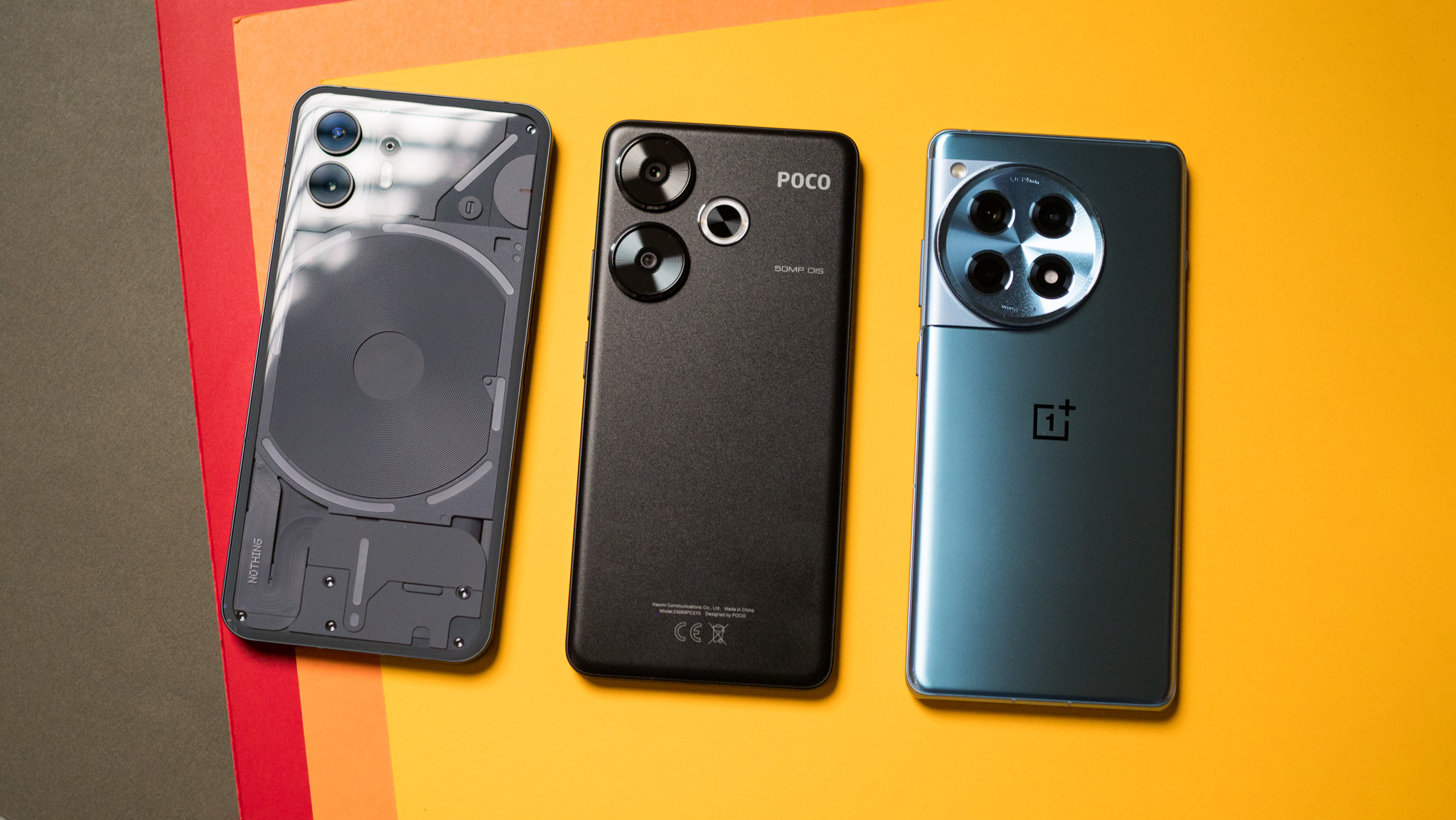
Nothing's Phone 2 continues to be a great choice in this category, particularly now that it is selling for just ₹40,999 ($492) in India. The Phone 2 also has a sublime OLED panel, powerful hardware, good battery life, and decent charging tech. Where it wins is the software; the clean interface with Nothing's extras give the phone a distinct edge, and you get two terrific cameras at the back. That said, the F6 has an advantage when it comes to value.
The OnePlus 12R is also a good recommendation; the phone is faster in daily use as well as gaming, and it has a better 50MP camera at the back along with 100W charging tech. I also like the design of the 12R quite a bit, and I prefer ColorOS to Xiaomi's software.
POCO F6: Should you buy it?
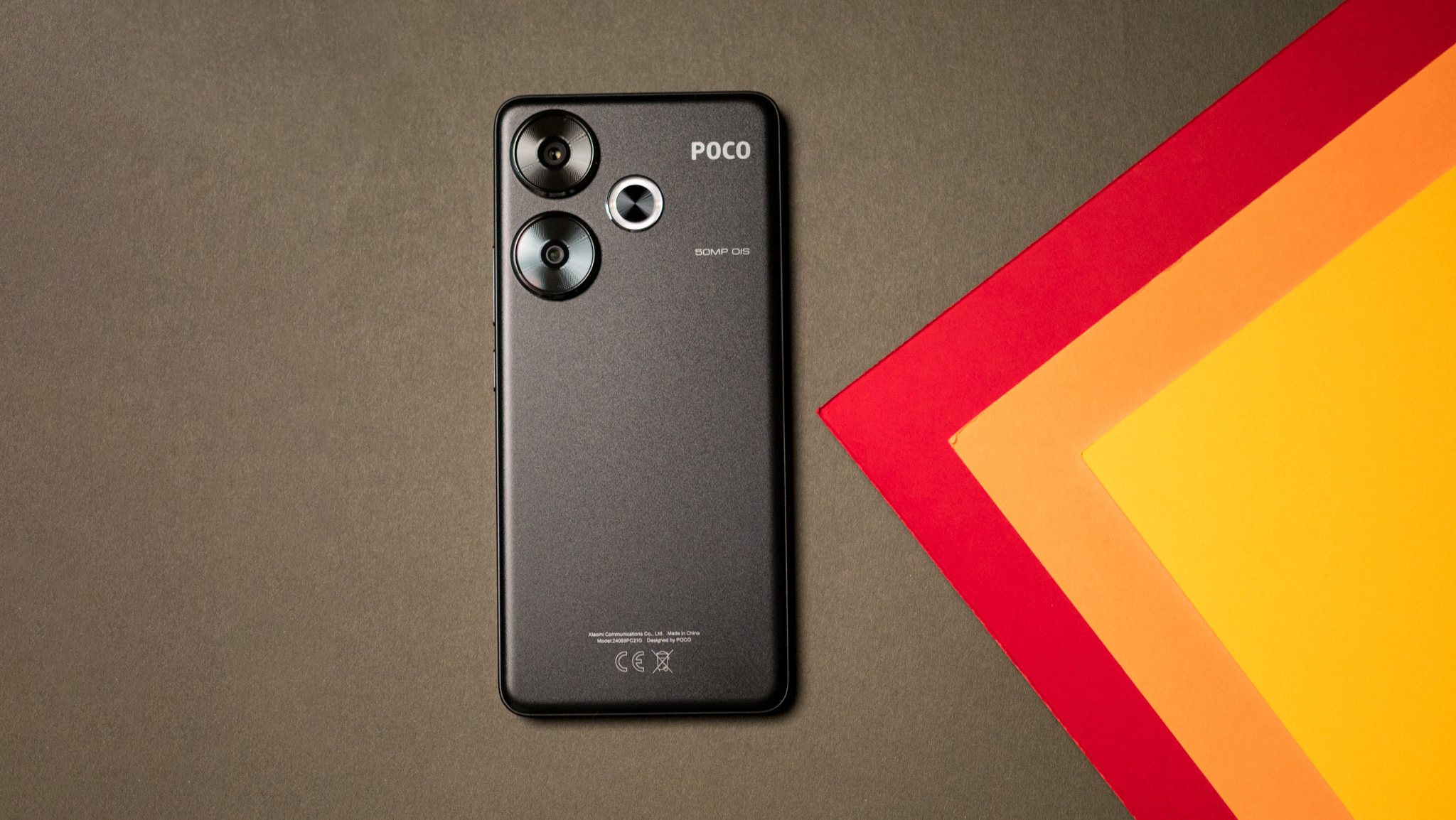
You should buy this if:
- You need a mid-range gaming phone
- You want a vibrant AMOLED
- You need a good camera at the back
- You want all-day battery with ultra-fast charging
You shouldn't buy this if:
- You need clean software and timely updates
- You want a good wide-angle lens
POCO didn't put a foot wrong with the F6. The phone addresses the shortcomings of its predecessor on the hardware side of things, and it is close to the F6 Pro in a lot of areas — that's why POCO isn't launching the Pro variant in countries like India.
If anything, I think the standard model is a much better deal than the F6 Pro; you still get a lot of the same features, and it isn't short on power. The F6 Pro's main camera is noticeably better than the standard model, but that's the only area where it has a distinct advantage. Otherwise, the F6 is just as good, and the value you're getting with the device is unmatched.
Ultimately, that's what makes the F6 such a good option in this category. You're getting one of the best hardware packages around, the camera is a significant upgrade from the F5, and while the software needs another overhaul, it is fluid. If you need a value-focused gaming phone that takes good photos, the F6 is now my go-to recommendation in the mid-range segment.

Harish Jonnalagadda is Android Central's Senior Editor overseeing mobile coverage. In his current role, he leads the site's coverage of Chinese phone brands, networking products, and AV gear. He has been testing phones for over a decade, and has extensive experience in mobile hardware and the global semiconductor industry. Contact him on Twitter at @chunkynerd.
You must confirm your public display name before commenting
Please logout and then login again, you will then be prompted to enter your display name.
